TCL C69B or C655 in its smallest sizes (43 and 50") is a model that stands out primarily due to its Google TV system. The interface is simple and intuitive, and accessing favorite applications is problem-free. Personalized recommendations make it easy to choose what to watch, and voice search in Polish works quickly and efficiently. Regarding picture quality, C69B / C655 performs well, especially for its price. With quantum dot coating technology (PFS), colors are vivid, and Dolby Vision support makes HDR movies look quite decent. The contrast is sufficient for everyday viewing, but the brightness of 350 nits can be a problem in very sunny rooms. However, in less demanding conditions, the TV performs quite well – details are well visible, and the black level is decent, though not perfect. For gamers, it is rather an option for casual gaming. The 60 Hz panel does not provide the same smoothness as more expensive models, but the low input lag ensures good responsiveness. The Game Bar feature allows quick adjustments without leaving the game. This is not equipment for avid gamers, but at this price, it is hard to expect more. However, there are some limitations. The screen brightness and the lack of recording function may be bothersome, especially if we are used to more advanced solutions. Picture-in-picture (PiP) is another feature missing here – this can be an issue for multitasking enthusiasts. In HDR content, it is also noticeable that the TV does not perform as well as more expensive models, especially in brighter scenes. In summary: C69B / C655 is a TV that will perform best in everyday use. Google TV makes life easier, and the picture quality will satisfy most people, especially if we do not expect perfection. It is equipment for watching TV, movies, and occasional gaming that won’t strain the budget but still offers solid basics to fit where larger TV sizes simply won’t fit.
- Matching (Score)
- Our verdict
- TV appearance
- Where to buy
- Contrast and black detail
- HDR effect quality
- Factory color reproduction
- Color reproduction after calibration
- Smoothness of tonal transitions
- Image scaling and smoothness of tonal transitions
- Blur and motion smoothness
- Console compatibility and gaming features
- Input lag
- Compatibility with PC
- Viewing angles
- Daytime performance
- Panel details
- TV features
- Apps
- Playing files from USB
- Sound
TCL C655 / C69B (43" - 50") vs Samsung QN90F / QN92F
Direct comparison
Check the best price offer:
Samsung QN90F / QN92FC655 / C69B

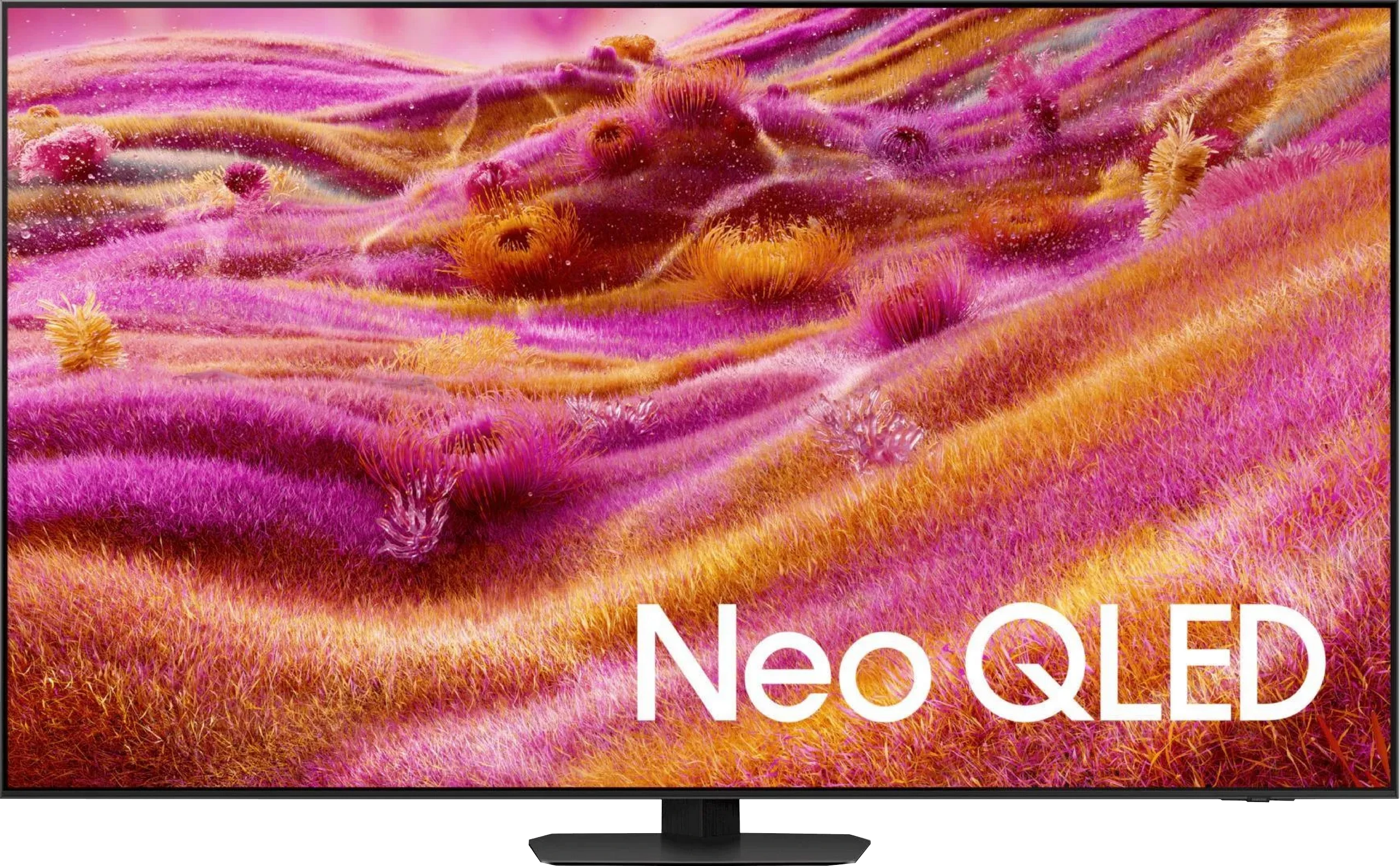
Panel type: LCD VA
Resolution: 3840x2160
System: Google TV
Model year: 2024
Complete the survey to find out the result

Panel type: LCD VA
Resolution: 3840x2160
System: Tizen
Model year: 2025
Complete the survey to find out the result

Overall rating
5.9
7.8
Movies and series in UHD quality
5.5
7.8
Classic TV, YouTube
5.6
7.6
Sports broadcasts (TV and apps)
5.1
7.2
Gaming on console
6.9
8.8
TV as a computer monitor
5.0
8.8
Watching in bright light
4.7
7.2
Utility functions
7.0
7.7
Apps
9.6
8.7
Sound quality
6.3
7.8
Complete the survey to find out what fits your preferences
Advantages
Google TV
Low input lag
High native contrast
Support for all HDR formats
Good for "casual" gamers - support for VRR, ALLM, Game bar
Very good contrast and black levels
Amazing HDR brightness in movies
Very good TV performance during the day thanks to the matte panel and high brightness
High motion fluidity – up to 165 Hz in PC mode
Low input lag
A lot of features for gamers, including the proprietary motion smoother Game Motion Plus
High susceptibility to image calibration
Fluid Tizen operating system with smart home (IoT) features
Pleasant sound with noticeable bass despite the slim design
Modern design
Disadvantages
Average brightness
No recording function and PiP
Worse viewing angles compared to the predecessor QN90D.
No DTS sound for Blu-ray home theaters
No HGiG* function
*We hope this issue will be resolved quickly. We are monitoring the situation closely.
Our verdict
The Samsung QN90F is a television that, in many ways, demonstrates how mature the development of miniLED technology can be. It offers excellent contrast and blacks, very high HDR brightness that works well in both movies and games, and a matte screen that makes a huge difference in everyday use. This is what makes the QN90F one of the best televisions for watching in sunny living rooms – reflections and glare virtually disappear, and the image remains sharp and clear. Gamers, on the other hand, get a package of all the essential features, very low input lag, and a unique Game Motion Plus mode, which remains a strong advantage for Samsung over the competition. Additionally, there's a fast Tizen system, high-level smart features, and quite pleasant sound that can be enhanced with a soundbar in the Q-Symphony setup. However, there were some compromises. Samsung decided to forgo a coating that expands viewing angles – and while the matte screen performs excellently during the day, a noticeable drop in brightness and loss of color intensity can be seen at greater angles. It's also unfortunate that support for HGiG disappeared with the software updates, which can be a significant downside for demanding gamers. Despite these remarks, the QN90F is still one of the best, if not the best, 4K miniLED televisions currently available. It’s a model that combines excellent picture parameters, high functionality, and modern design, while being exceptionally practical for daily use. If someone is looking for a TV for a bright living room that can handle movies, sports, and games equally well – it's hard to find a better choice today.
TV appearance




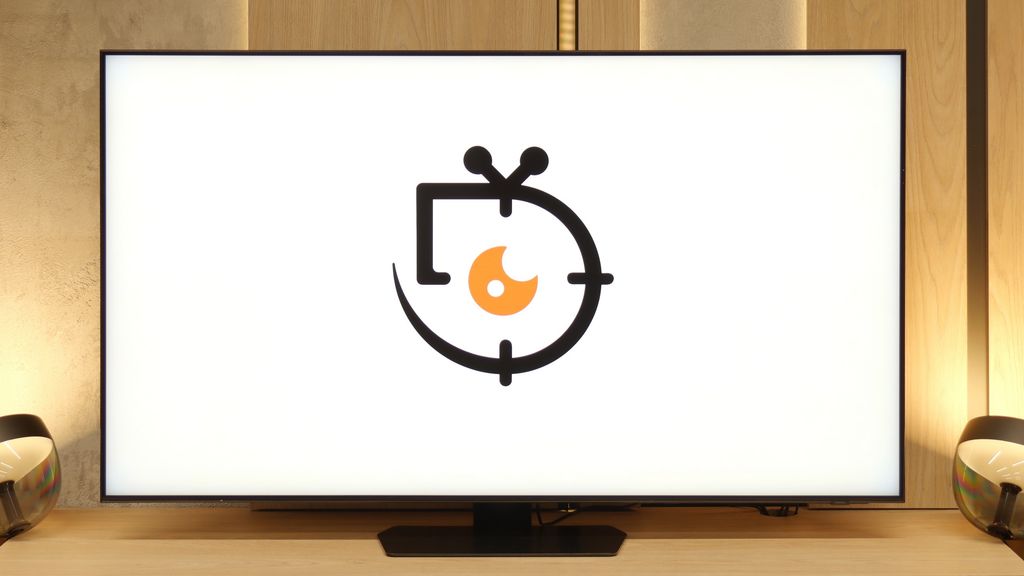
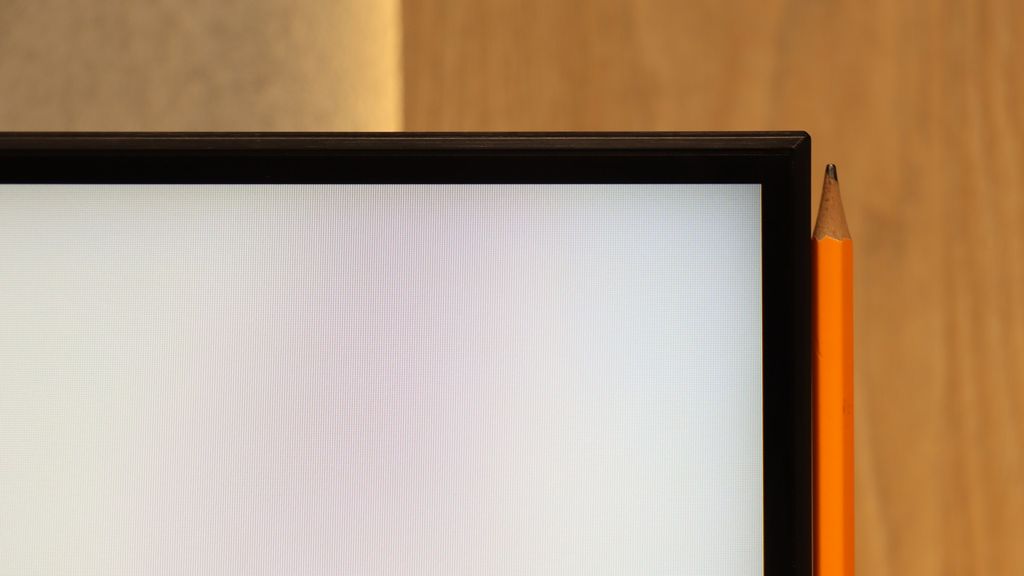
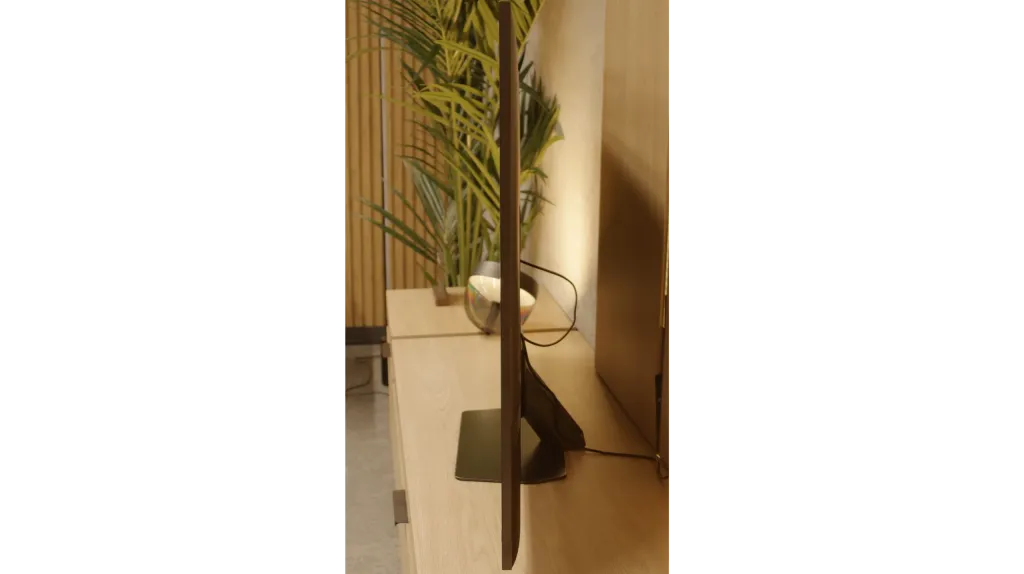
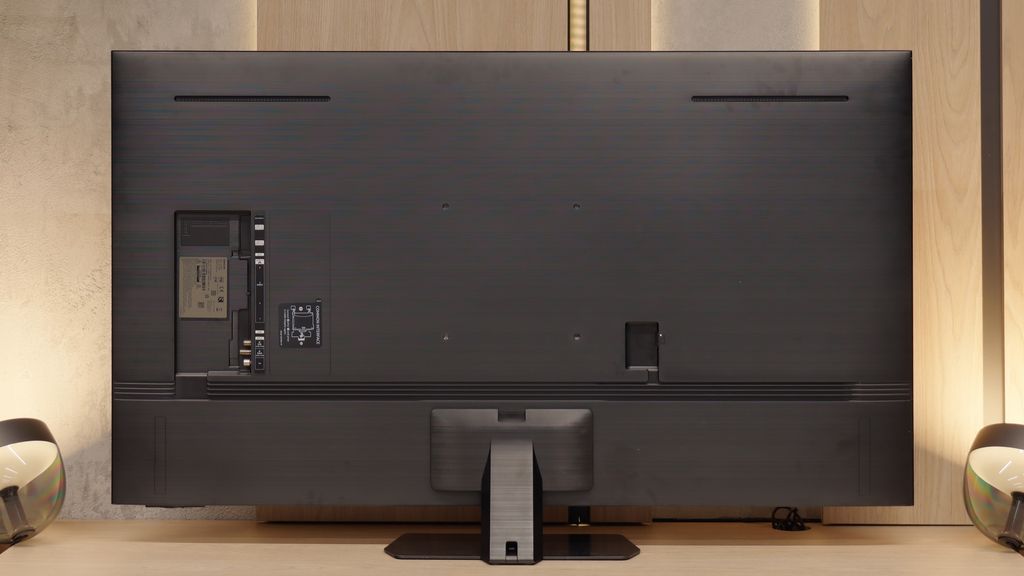
Contrast and black detail
5.8/10
8/10
Local dimming function: No
Local dimming function: Yes, number of zones: 504 (14 x 36)
Contrast:

Result
6,350:1

Result
5,750:1

Result
4,700:1

Result
4,950:1

Result
4,650:1

Result
1,530,000:1

Result
62,450:1

Result
186,400:1

Result
7,400:1

Result
4,500:1
Halo effect and black detail visibility:

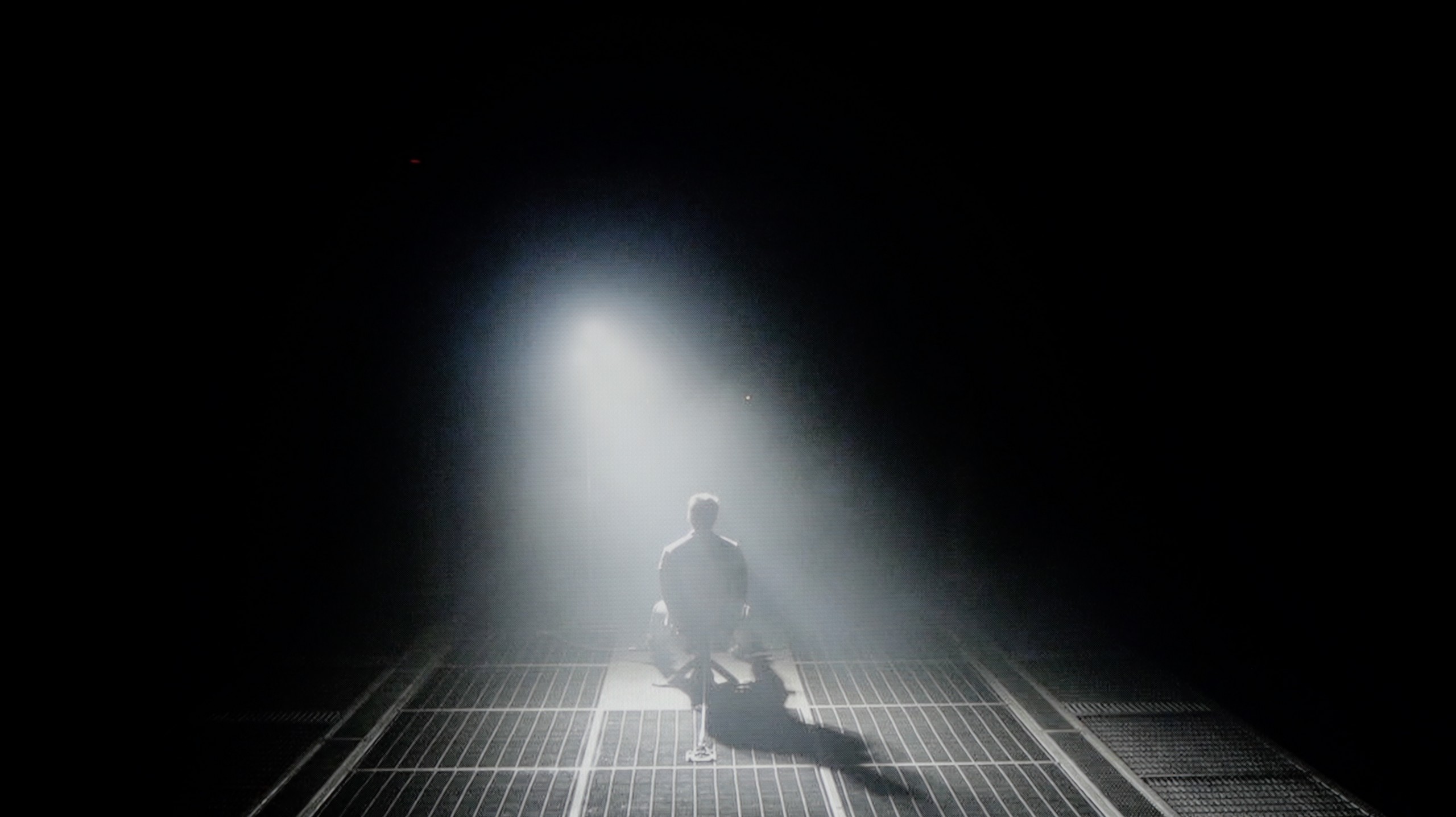
The C69B / C655 TCL TV is equipped with a VA panel, which differs from IPS panels, particularly in terms of contrast and black reproduction. VA panels are characterized by significantly higher contrast, meaning better black quality, especially in night scenes or in poorly lit rooms. Unlike IPS panels, where blacks often look more like shades of gray, VA better reproduces deep, dark colors. Unfortunately, the C69B is not equipped with local dimming technology (common in this price range), which affects the black quality in demanding scenes. During test sequences, such as a fragment from the movie "Sicario 2", it can be noticed that instead of absolute black, some elements of the image have a blue tint. Generally, the black is decent, but one has to reckon with the limitations of the television.
If we compare the contrast results of this year's QN90F with last year's QN90D, it quickly becomes clear that the differences are minimal. In the best movie scenes, the contrast can reach values well above six digits, and sometimes even seven digits, which can be confidently considered as results nearly infinite. And indeed – in typical cinematic shots, the effect closely resembles that known from OLED TVs. Samsung deserves praise because despite a relatively "modest" number of dimming zones – 504 in the 55-inch variant (modest compared to Chinese competitors like Hisense U8Q or TCL C8K/C9K) – they managed to refine the local dimming algorithms. This is particularly noticeable in the most challenging scenes, where, compared to last year's model, the precision of dimming has nearly doubled. Of course, we still don't have perfectly separated bright objects from blacks, and we cannot speak of the absence of halo effects (slight glows around small bright objects) known from MINI-LED TVs, so QN90F still doesn't win against OLEDs. But it is definitely approaching them in a more mature and refined way than a year earlier.
HDR effect quality
4.8/10
7.4/10
Luminance measurements in HDR:

Result
283 nit

Result
322 nit

Result
346 nit

Result
322 nit

Result
355 nit

Result
1638 nit

Result
763 nit

Result
1119 nit

Result
562 nit

Result
1947 nit
Scene from the movie “Pan” (about 2800 nits)


Scene from the movie “Billy Lynn” (about 1100 nits)

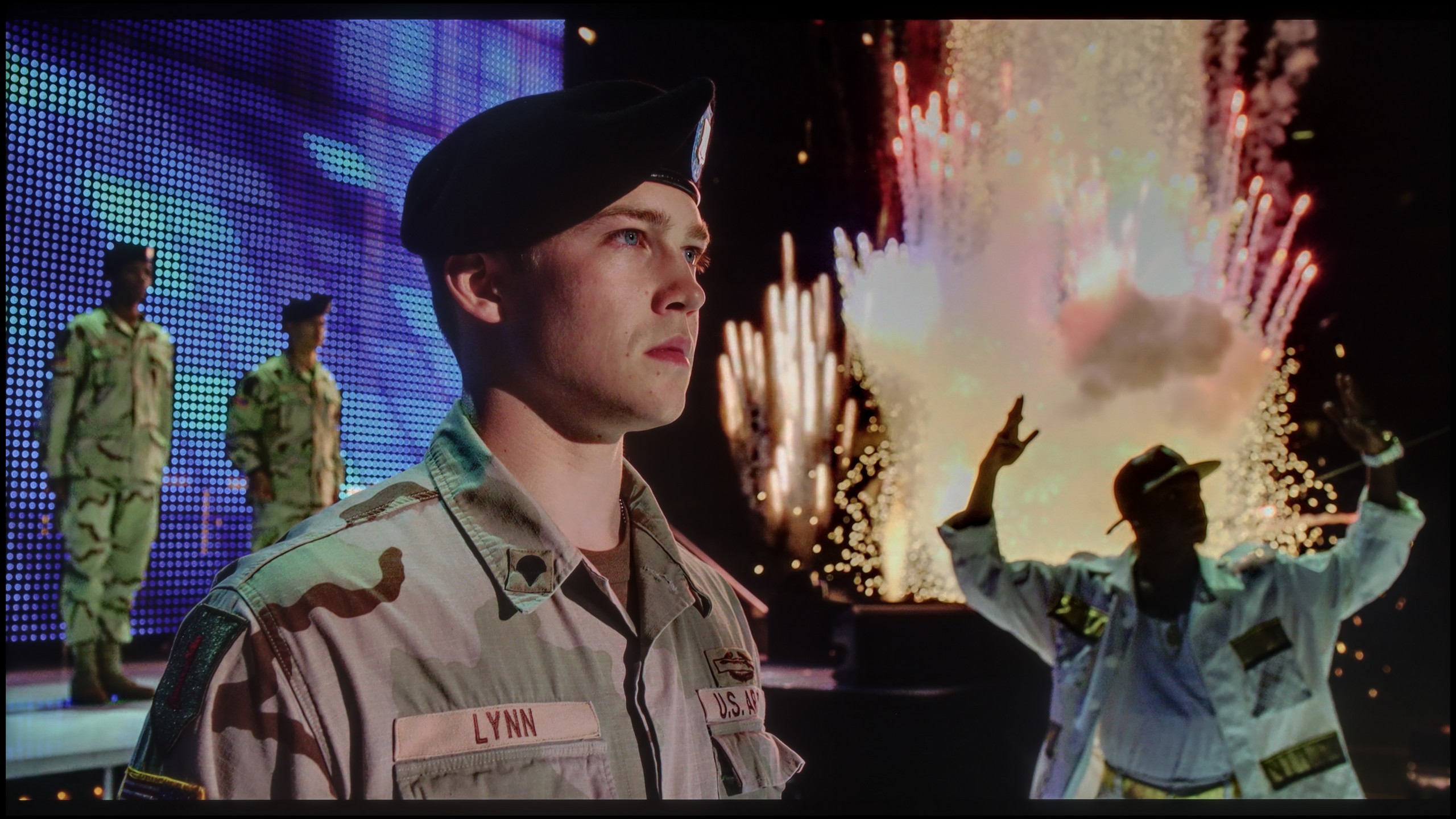
Static HDR10


Dynamic: Dolby Vision
Dynamic: HDR10+


HDR luminance chart:
Samsung QN90F / QN92F
HDR luminance
TCL C655 / C69B (43" - 50")
HDR luminance
The quality of the HDR effect in the TCL C69B / C655 television is quite average. A brightness level of 350 nits, while not the worst, still does not allow for fully enjoying HDR effects, which require higher luminance to show their strength. Additionally, despite the use of a quantum dot coating (QLED), the television offers average coverage of the wide DCI-P3 color gamut at 91%, which may limit its richness of colors in HDR content.
The Samsung QN90F can truly shine in brightness. In our measurements, it achieved over 2200 nits, which directly translates to the viewing experience. Practically, this means that when a very bright scene appears in a movie – for example, the sunrise in The Meg – the screen looks as if natural light is actually shining on us. This isn’t just a number from a chart, but a real sense of image intensity! However, the TV cannot always deliver that full power. With smaller details, such as headlights or lamps, the brightness drops to 500–700 nits. This is a conscious decision by the algorithms – this way, the contrast between large and small elements is better controlled, and the image does not lose balance. Importantly, this is still a huge improvement compared to last year's QN90D, where similar details were almost invisible, shining at just 200 nits. Here, the HDR effect is much more consistent and credible. The only downside is the colors. The coverage of the DCI-P3 palette stopped at 91%, which can be considered a rather average result in this price range.
Factory color reproduction
6/10
5/10


Factory Mode
After calibration
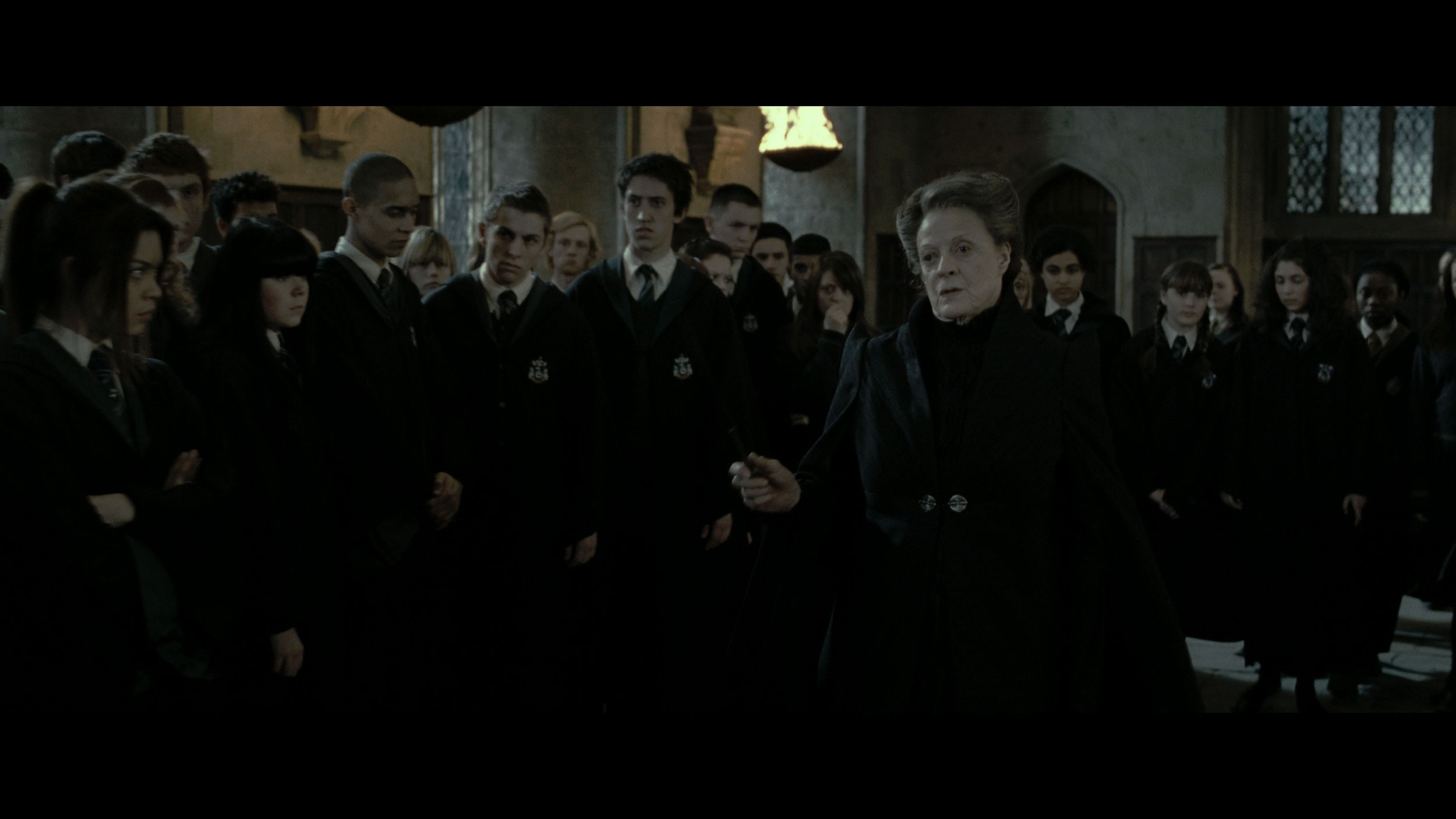
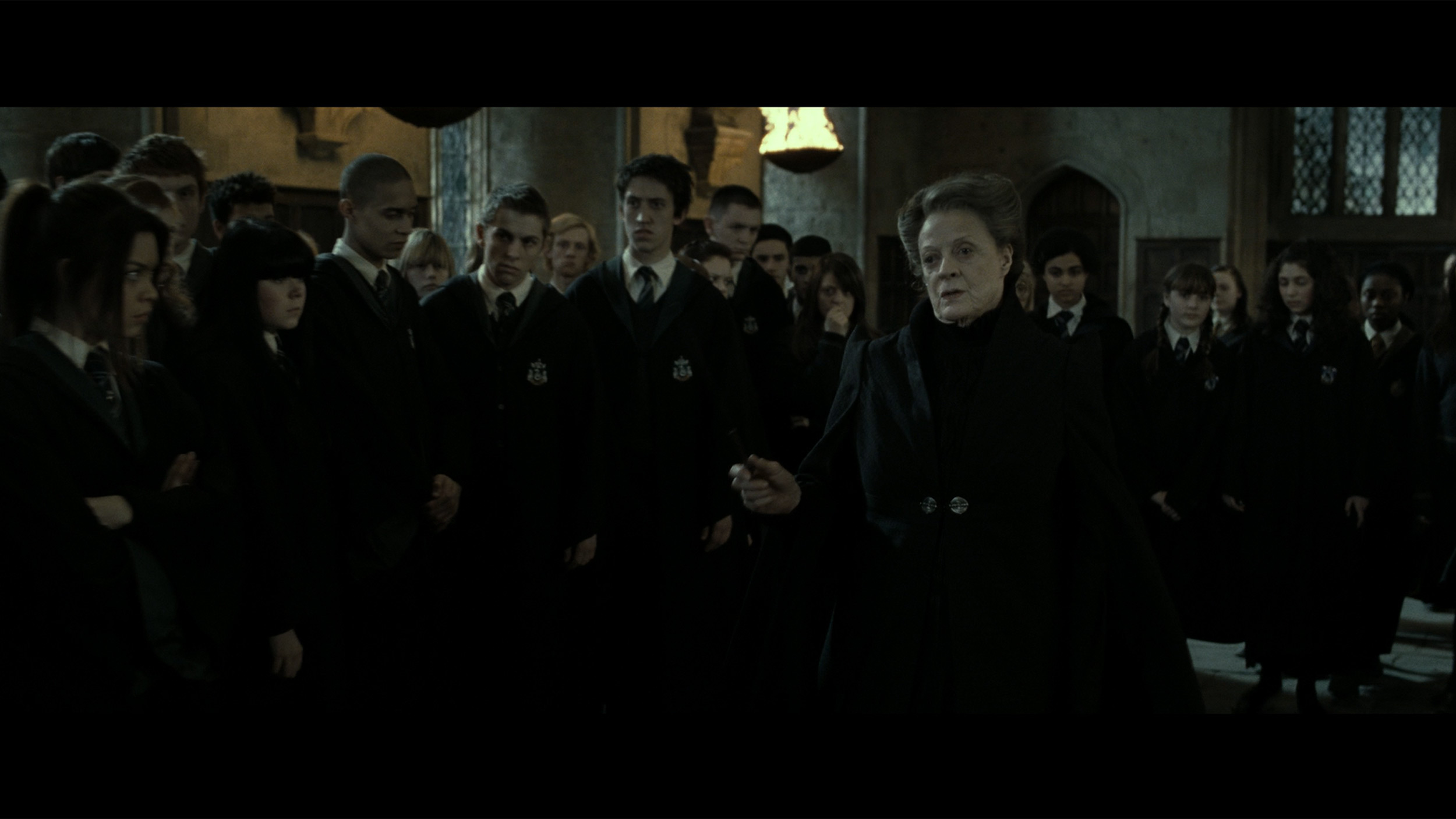
Factory Mode
After calibration
The television TCL C69B / C655 tested in movie mode unfortunately does not meet expectations regarding color accuracy. Although movie mode suggests better reproduction, it has little in common with film. There are quite a few errors visible, especially in white balance – both for HD and 4K HDR content – where the dominance of the blue color is very apparent. For the viewer, this means that the image becomes unnaturally cool, affecting the overall perception of colors and the visual impression. The color checker confirms these errors, showing that colors shift to cooler shades.
As for brightness characteristics and the associated contrast, gamma is very unstable for material, which can make the image slightly darker. The EOTF curve for 4K material shows some errors, with significant deviations at the end of the chart, negatively affecting the perception of darker areas of the image.
We tested color reproduction in the QN90F in Filmmaker mode, and as usual with Samsung TVs, this mode proves to be the best starting point right out of the box. However, this does not mean that the image is free from flaws. The white balance in SDR and HDR content was surprisingly good – the colors didn’t shift in any direction, and even in the factory setting, it looked solid. However, a problem arose with the gamma and EOTF curves, which are responsible for how the TV manages brightness. Here, the QN90F significantly brightened the entire image, causing black levels and colors to lose their intensity, and the overall effect resembled a milky filter being applied. Fortunately, Samsung, unlike many competitors in the miniLED world, provides users with a lot of tools to control the settings that we don’t find with other manufacturers, such as Chinese brands. Therefore, we decided to check if it was possible to extract the full potential of the QN90F because we know that such a high series can deliver much more.
Color reproduction after calibration
8/10
9/10

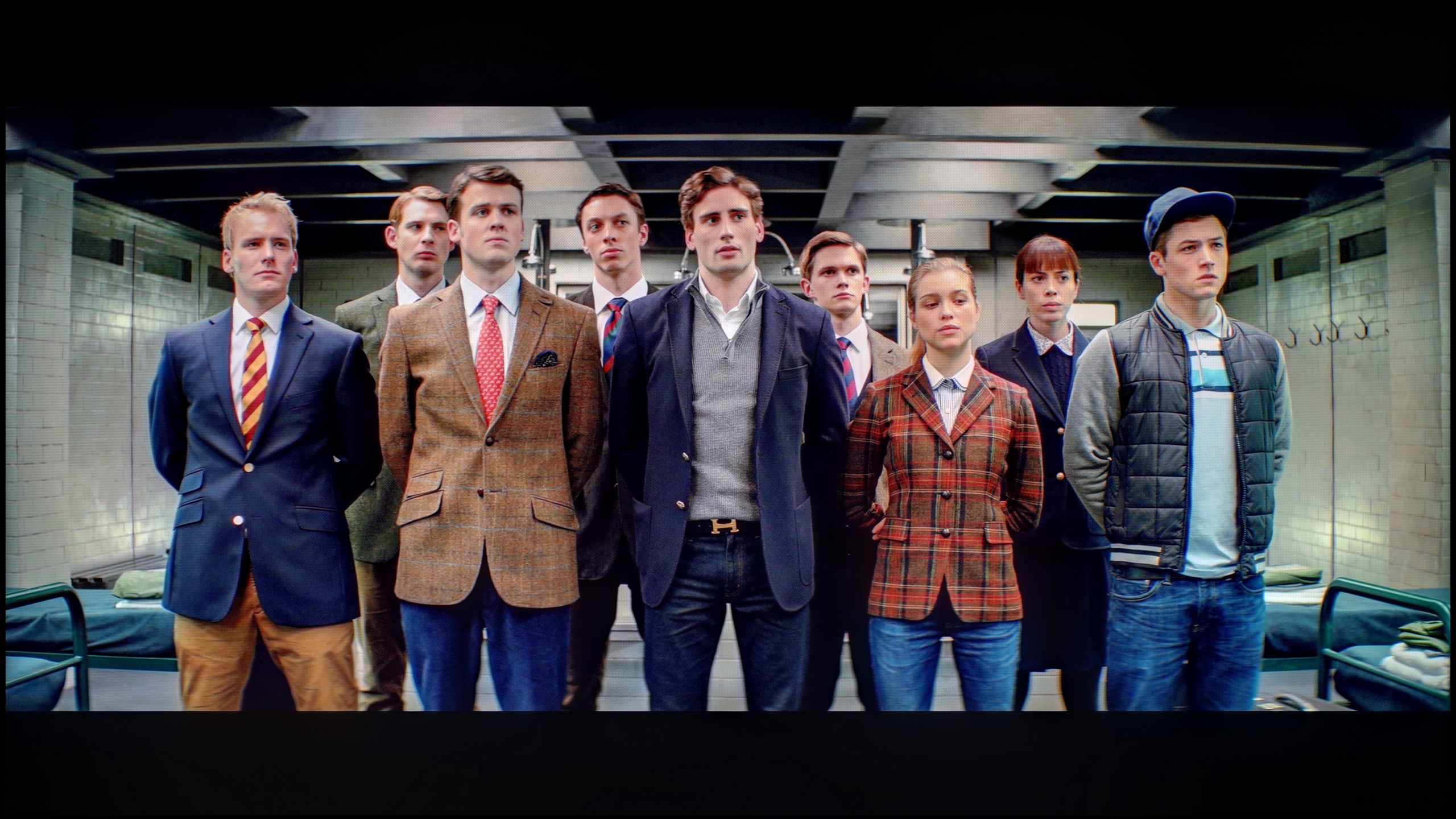


After calibration, the movie mode on the TCL C69B / C655 television improves in quality. The most significant improvement can be seen in tonal quality, and the white balance is much better – without major errors. We will no longer see an excessive dominance of cool tones. Gamma has also been improved, which translates to a more stable representation of brightness and contrast. However, due to the limitations of the television's average color palette, Colour Checker tests for 4K materials did not achieve remarkable results. Despite these technological limitations, the image has become more authentic, positively influencing the reception of film content.
After our adjustment of the settings, the QN90F showed what it is really capable of – and it must be admitted that it has one of the best images we have seen on a miniLED screen this year. As we mentioned earlier, the white balance was not a major issue even in its factory version, but only after the gamma calibration were we able to get close to nearly reference values. The same is true for HDR content, where the EOTF curve after correction presents mature and consistent results. Indeed, in some films, it can be noticed that the smallest elements of the image are slightly brightened, and with a limited number of dimming zones, there is still a risk of the halo effect. It should be remembered, however, that such phenomena are characteristic of all miniLED televisions, and it's hard to expect miracles even from the QN90F. The most important thing is that after calibration, the television shows an image that, in terms of conveying the director's vision, confidently competes even with many OLED screens available on the market.
Smoothness of tonal transitions
4.5/10
8.9/10

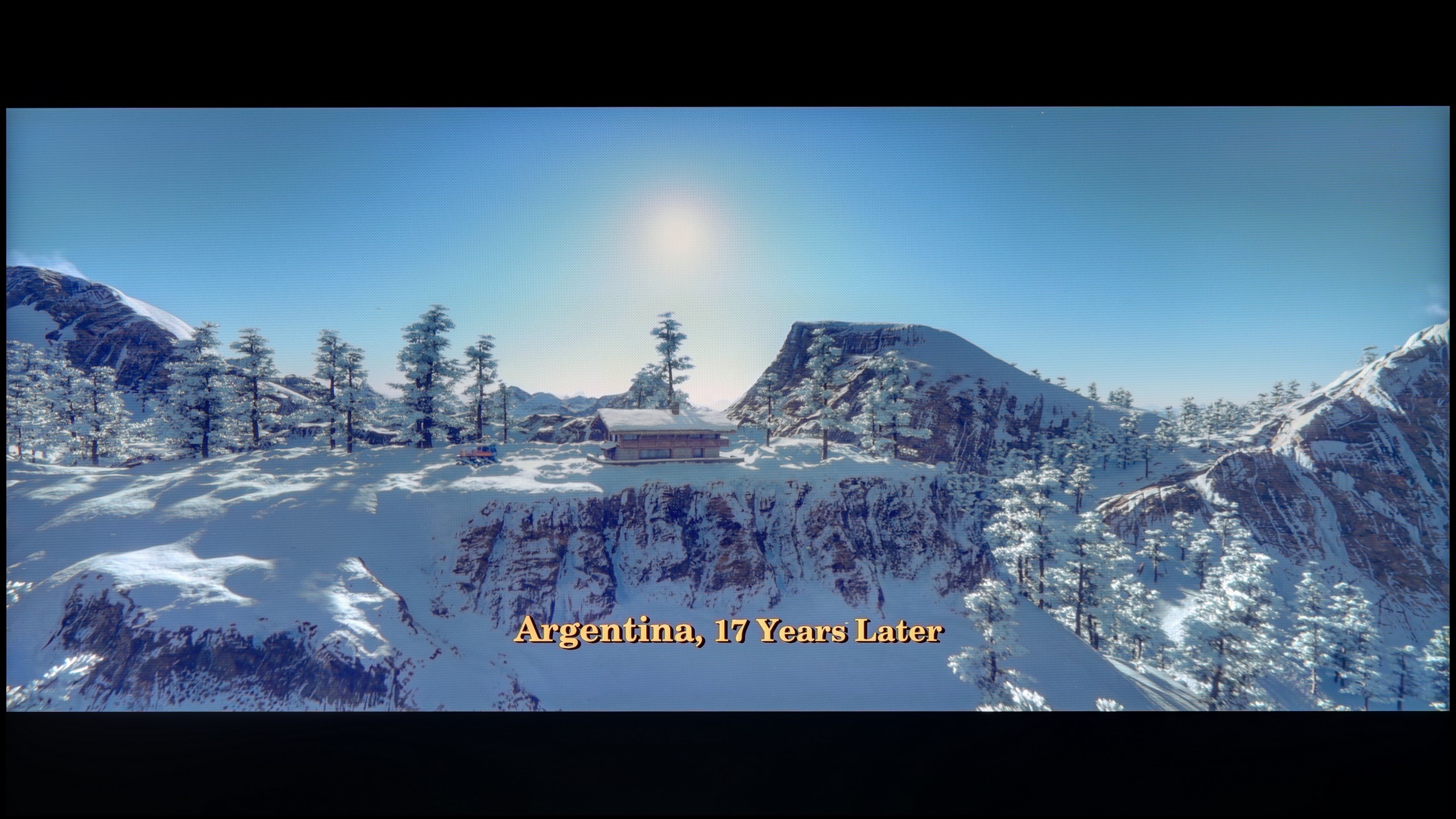



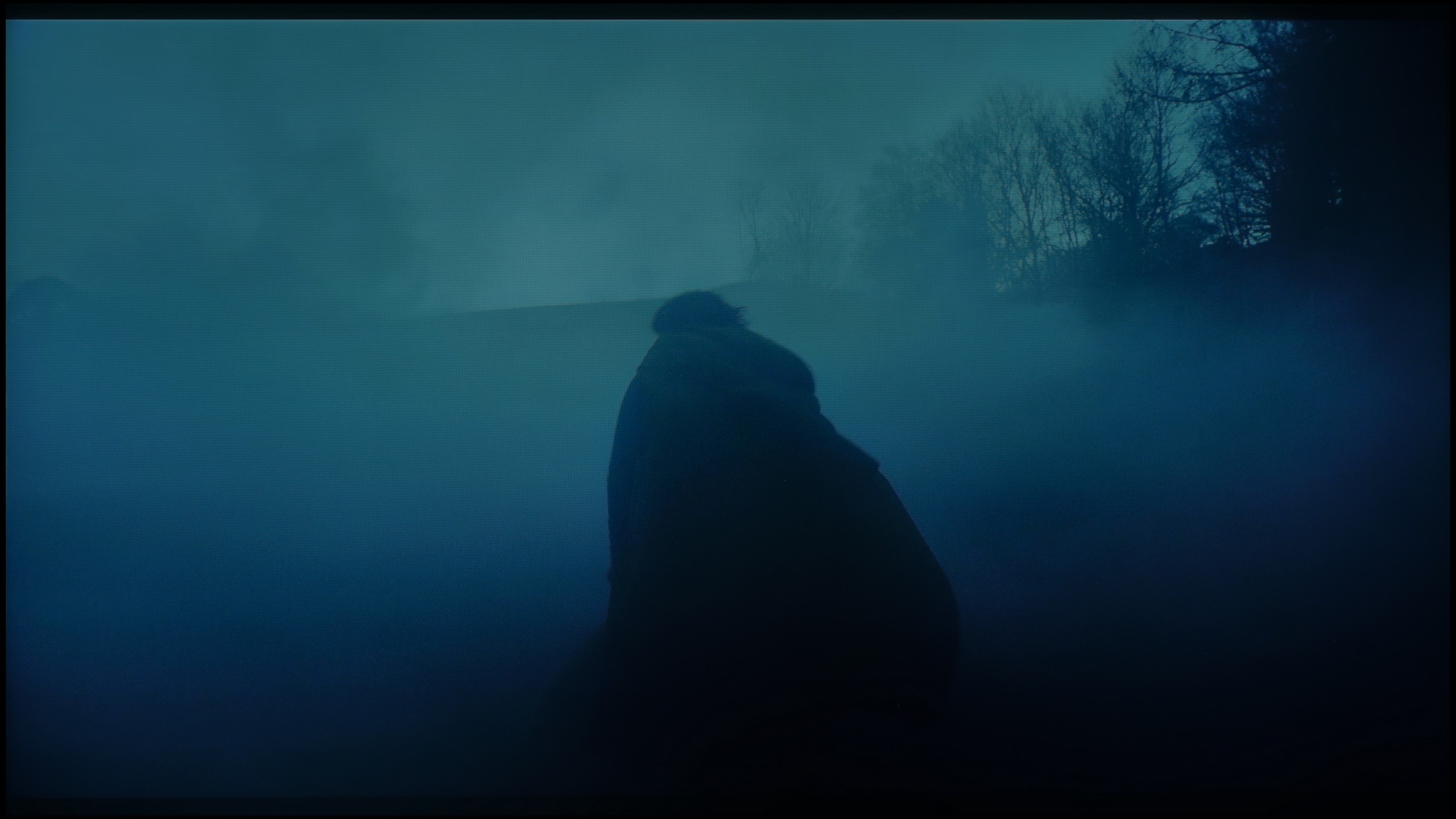

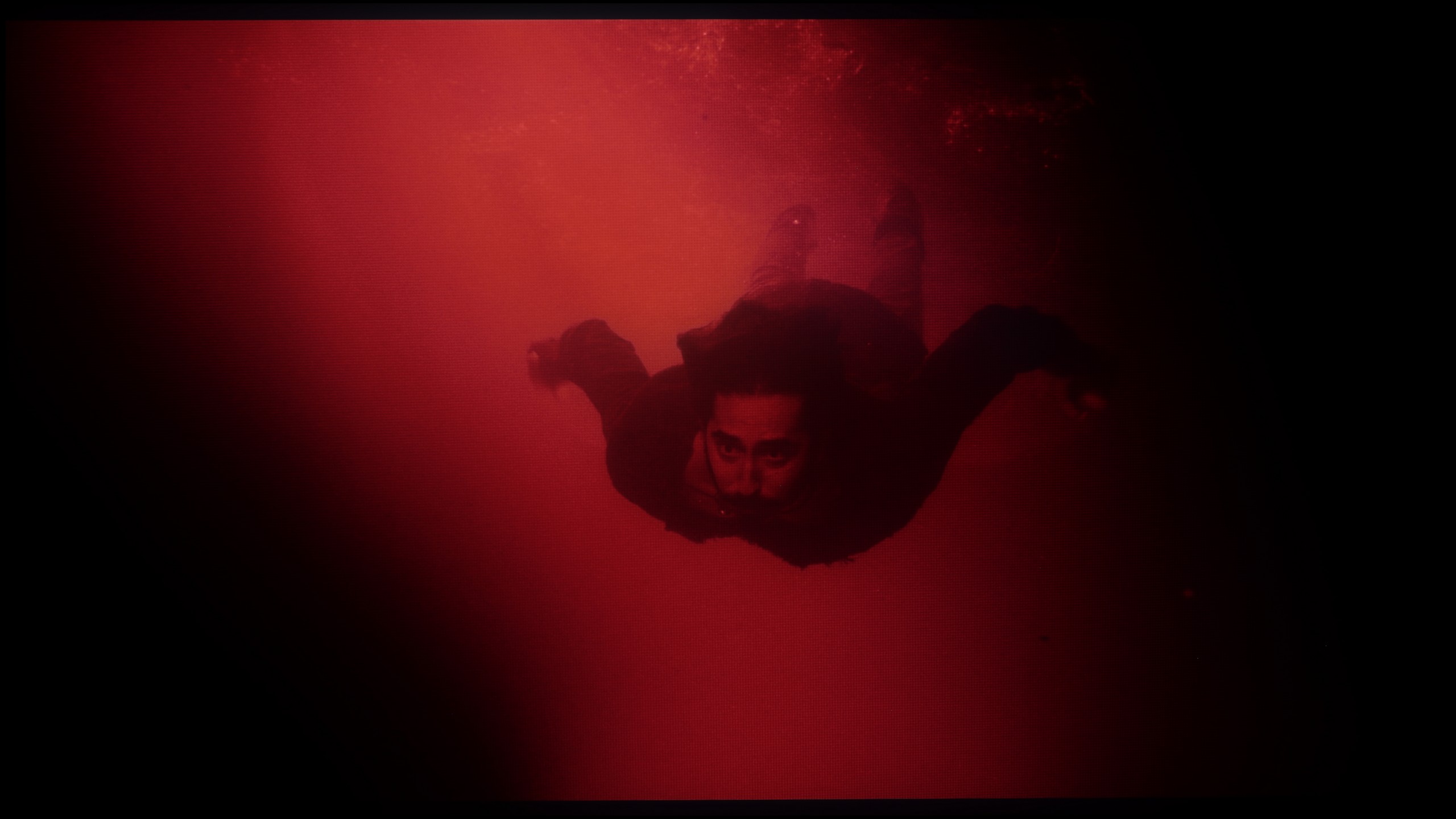




Transitional tones are really fine and would deserve a score of 9; however, the rating has been clearly lowered for another reason - the image is artificially sharpened despite the "sharpness" setting being at 0. And the overall view is unpleasant.
The tonal transitions in the QN90F are at a very good level. Regardless of the scene being tested, it was difficult to spot clear problems with color blending or visible banding. Even in demanding segments, such as the scene from the movie Green Knight, where the actor immerses himself in red water, the image appeared smooth and natural. Indeed, with careful watching, one can notice minor micro-blemishes – for example, in the grays or in very bright shots – but they do not affect the overall perception. The television performs well enough that most viewers will not notice these imperfections.
Image scaling and smoothness of tonal transitions
5/10
7.5/10
Smooth transition function

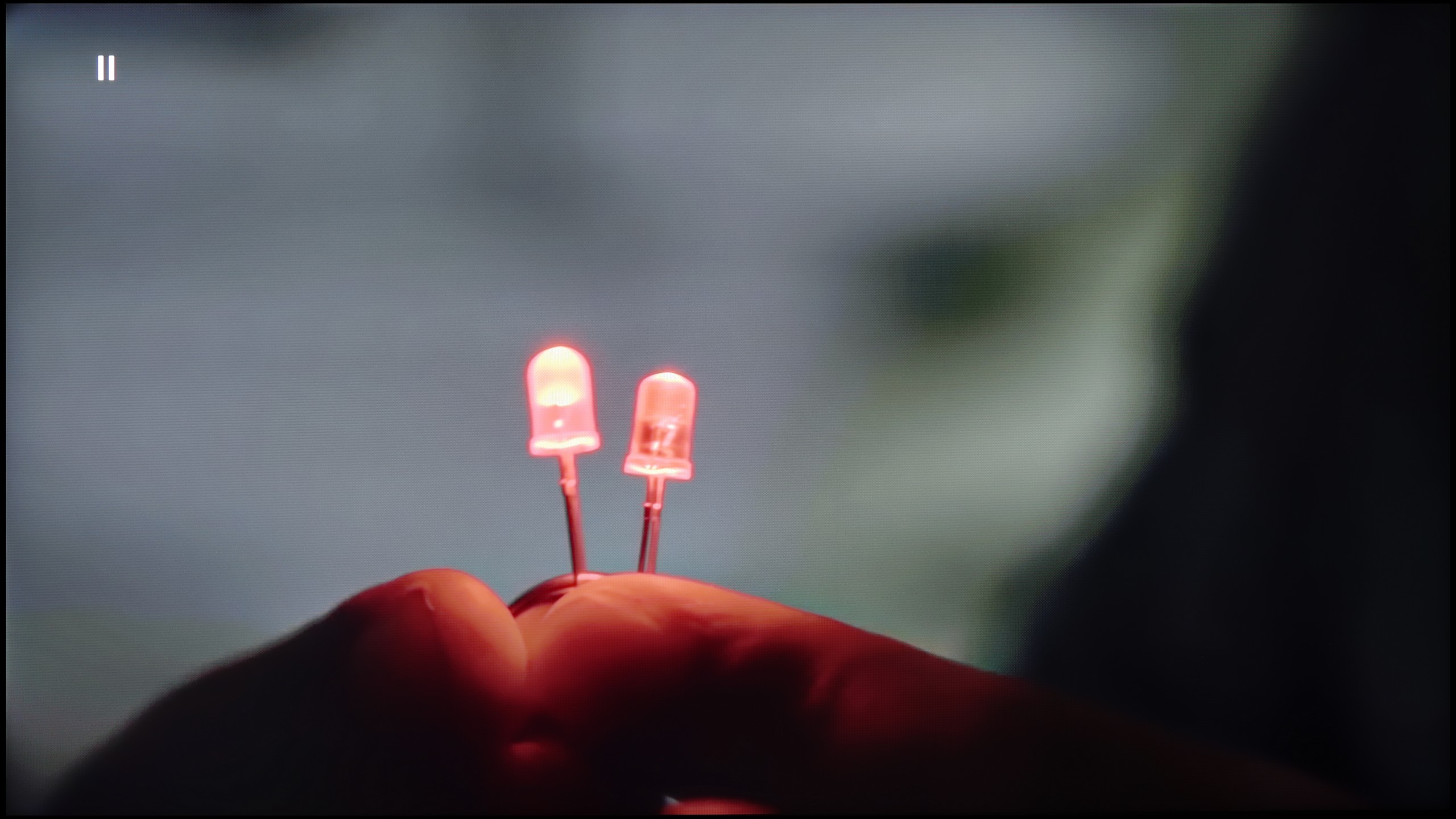
Image without overscan on the SD signal

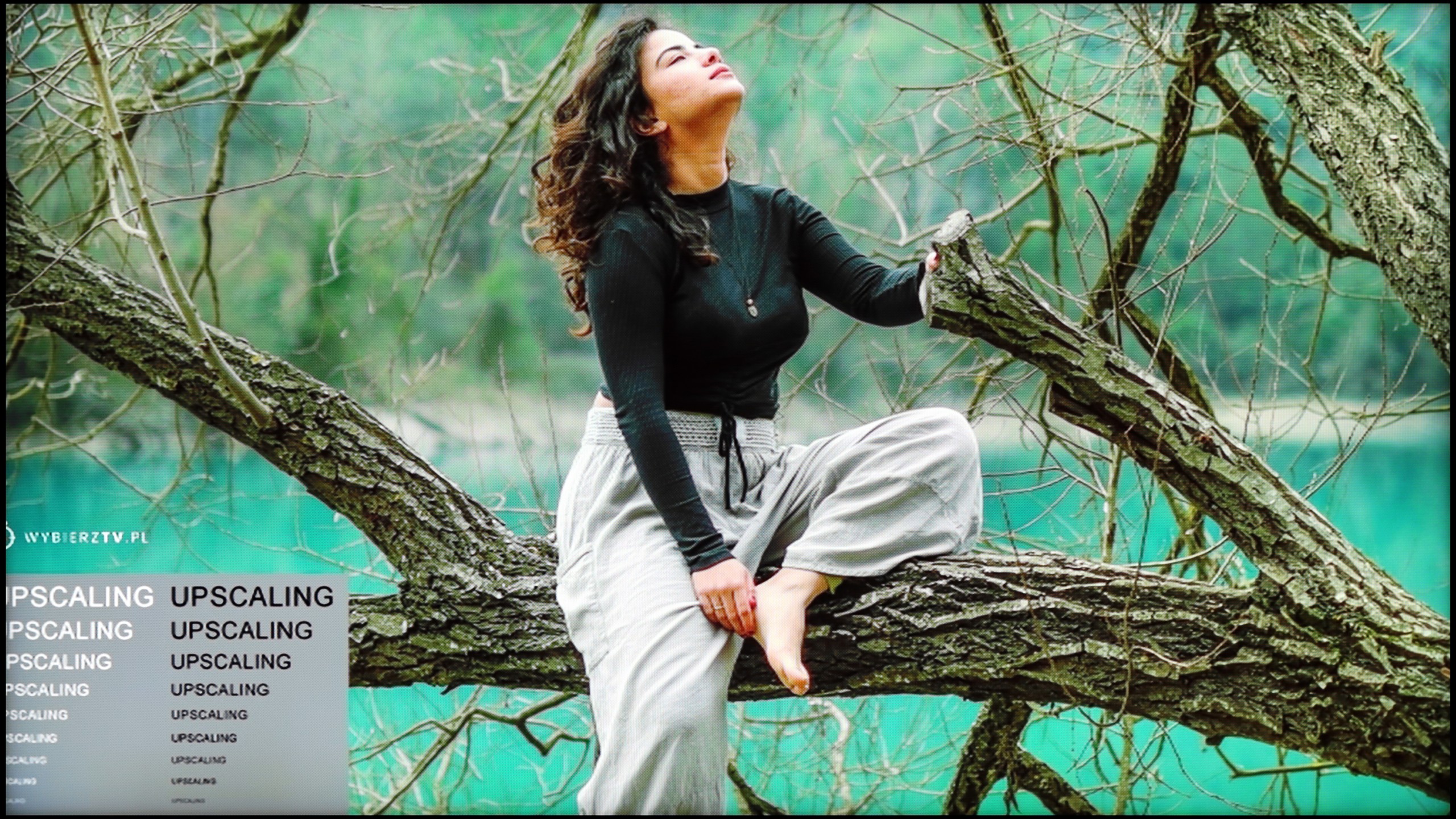
The "Gradual Smoothing" function works very well on the TCL C69B television and, surprisingly, does not remove desired effects like film grain – unlike some solutions from other manufacturers. Unfortunately, the image scaling looks poor. The TV artificially sharpens the image, causing the edges of objects to be heavily jagged. This state of affairs may appeal to some users who prefer a more "hard" look of the image, but it is not an ideal solution for those who value naturalness and the smoothness of details.
QN90F handles upscaling very well. Materials in lower resolution, even SD, are boosted to a clear and sharp image, showcasing plenty of details in the background. This is a significant advantage because the television makes older content or everyday TV look much better than on most budget screens. However, the issue of overscan remains, which is the trimming of the edges of the screen that cannot be turned off in Samsungs. This can cause some subtitles on the screen to disappear or a relative's face from a wedding on a VHS tape to be slightly cropped. 😉
The digital image processing also works well. In the menu, we find a feature called "noise reduction," which can smooth out tonal transitions and improve the reception of lower-quality materials, such as from YouTube. In medium setting, the effect is the most beneficial – it does not heavily interfere with details while eliminating the "stair-stepping" problem in colors. However, it is important to remember that the feature can be quite aggressive and can also remove natural grain in older films, so it's best to use it in moderation.
Blur and motion smoothness
4.4/10
7.5/10

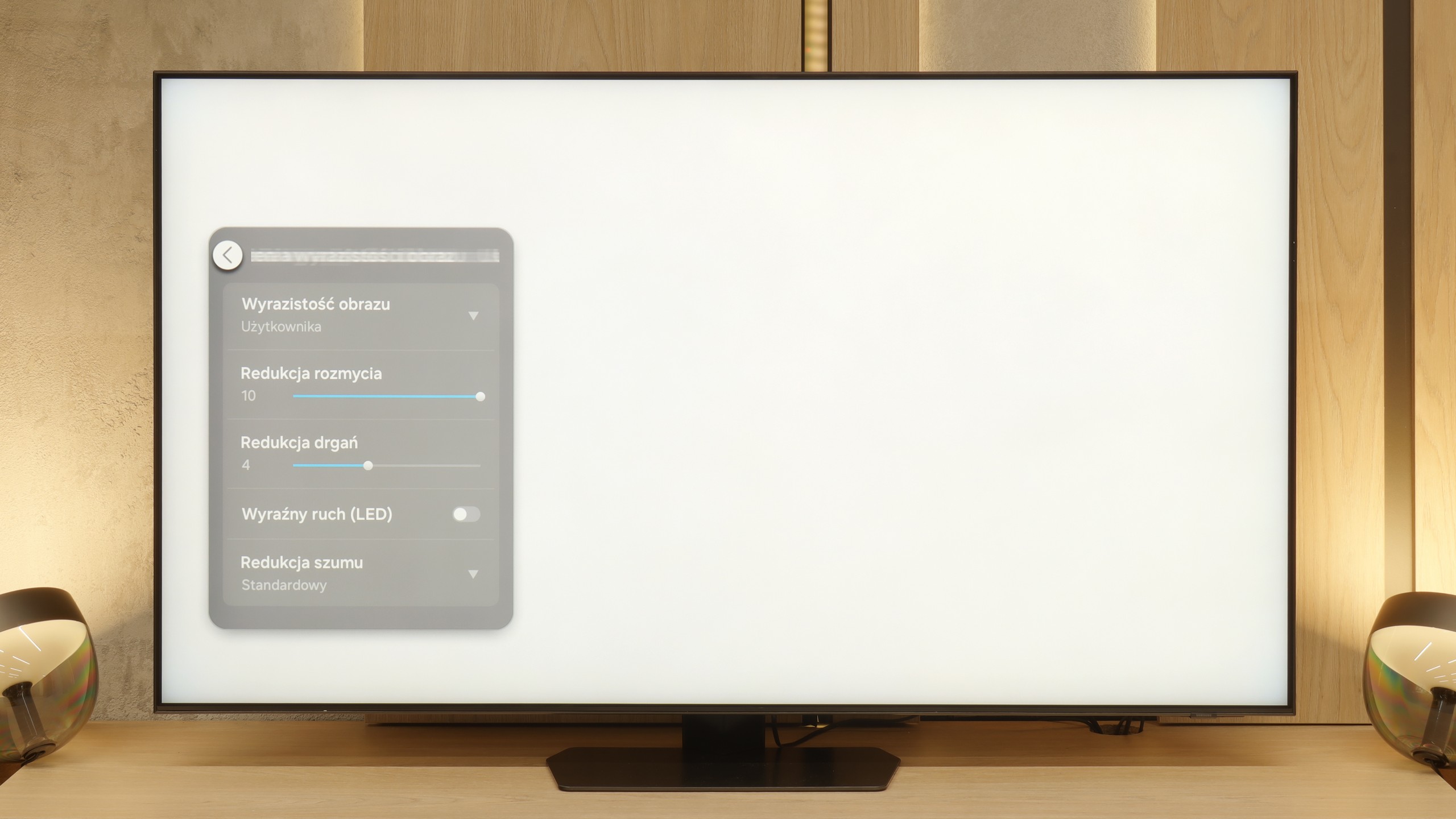
Blur (native resolution, maximum refresh rate):




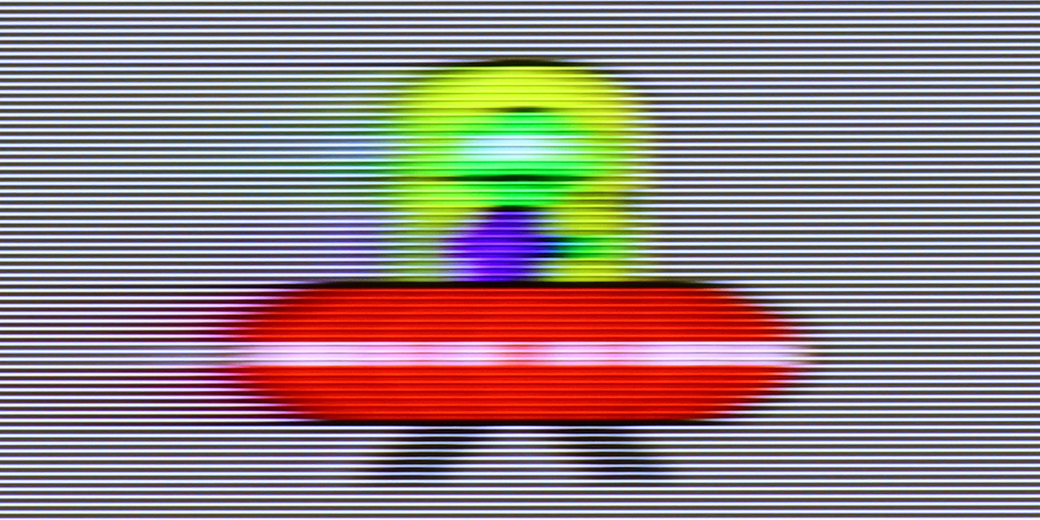
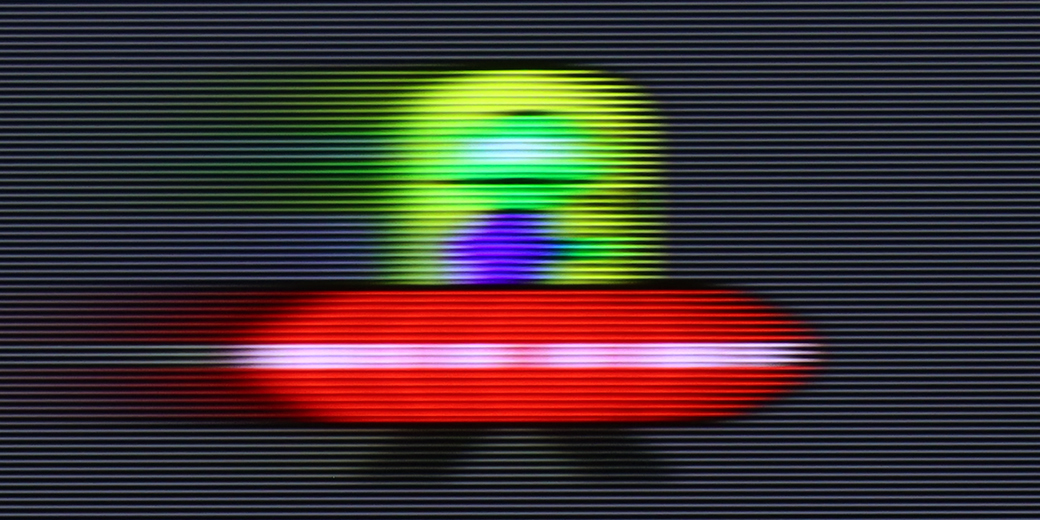
Blur (BFI function enabled):
Image flickers in this mode

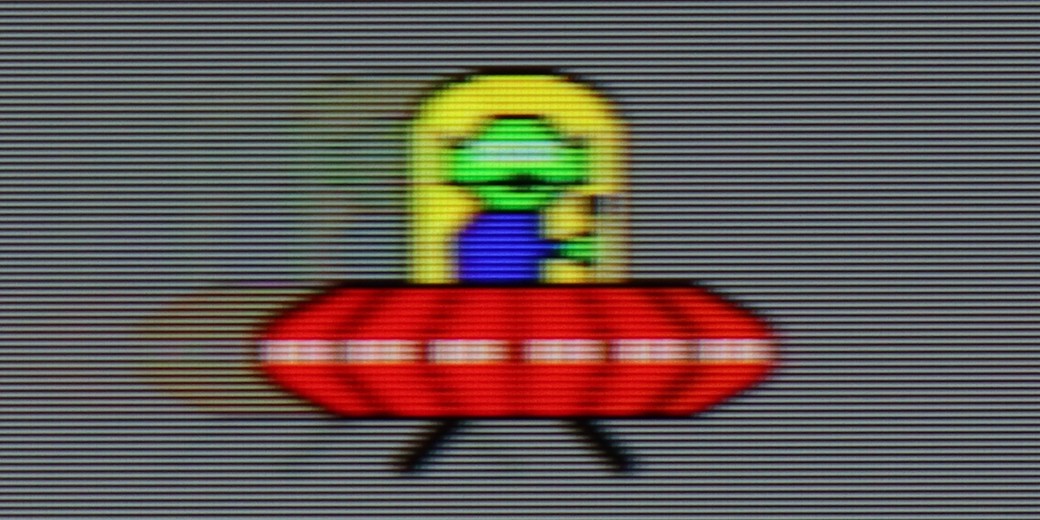

Blur ():
Blur (4K@165Hz):

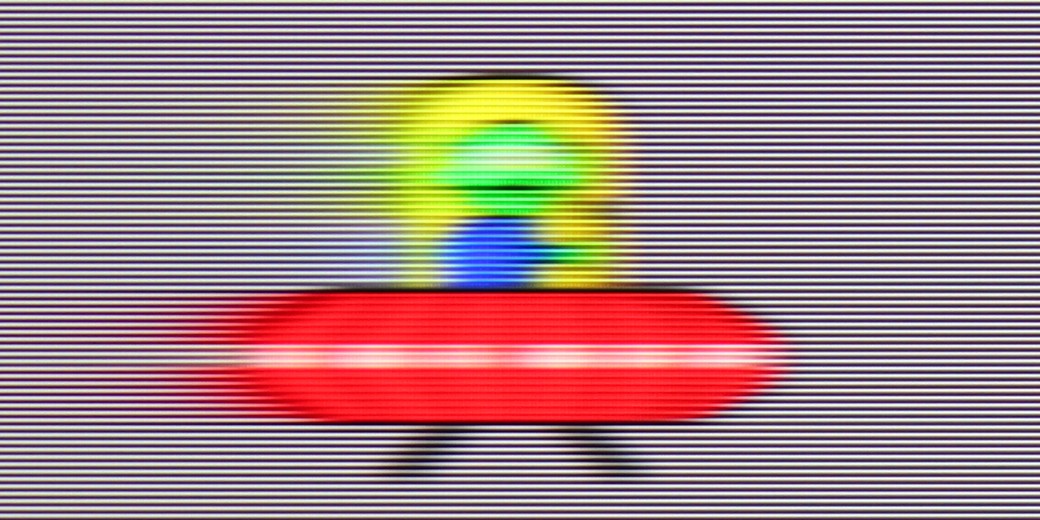
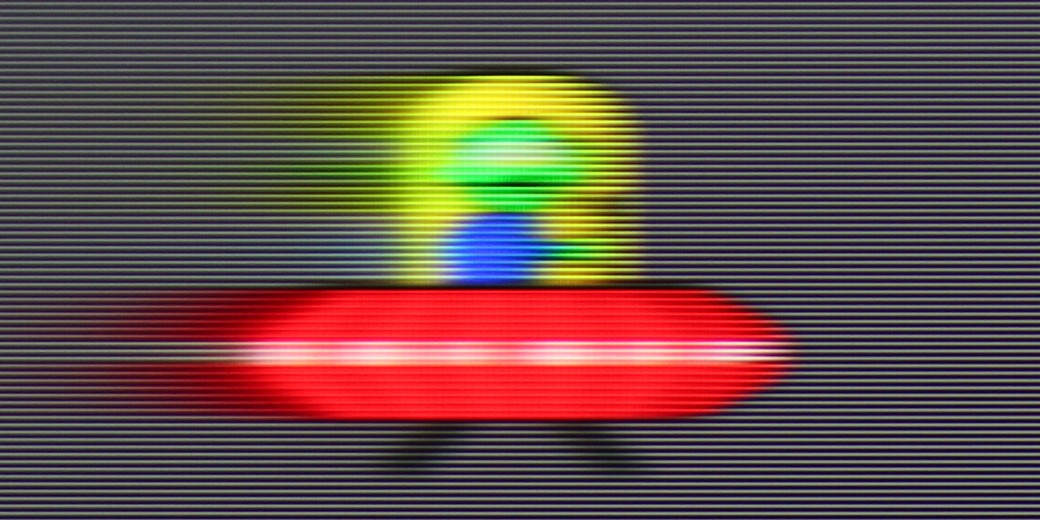
The TV TCL C69B / C655 in its smallest variants offers decent, although not perfect, results in terms of motion fluidity. In the case of movies, the TV has a "Flicker Reduction" function that allows for motion fluidity adjustment on a scale from 1 to 10. With this option, we can adjust the appearance of the image to cinematic or more theatrical preferences (with lower or higher speed).
The QN90F is equipped with a panel that has a maximum refresh rate of 165 Hz, and while primarily PC gamers will appreciate this advantage, it is still worth highlighting. In movies or sports broadcasts, we are limited to the classic 120 Hz, but this is not a cause for concern. In practice, the additional motion smoother plays a more significant role here. With the "Motion Clarity" setting, we can adjust the image to our own preferences. The blur reduction option is responsible for smoothness and trailing in sports. Meanwhile, the "judder reduction" function improves motion smoothness in productions recorded at 24 frames, such as movies and series. If we set it high, the film looks smoother and more fluid than it was actually filmed. Lower values, on the other hand, maintain its cinematic "rawness" with the visible film frame.
Console compatibility and gaming features
5.3/10
8.2/10
- ALLM
- VRR
- VRR range48 - 60Hz48 - 165Hz
- Dolby Vision Game Mode
- Correct implementation of HGIG
- 1080p@120Hz
- 1440p@120Hz
- 4K@120Hz
- Game bar

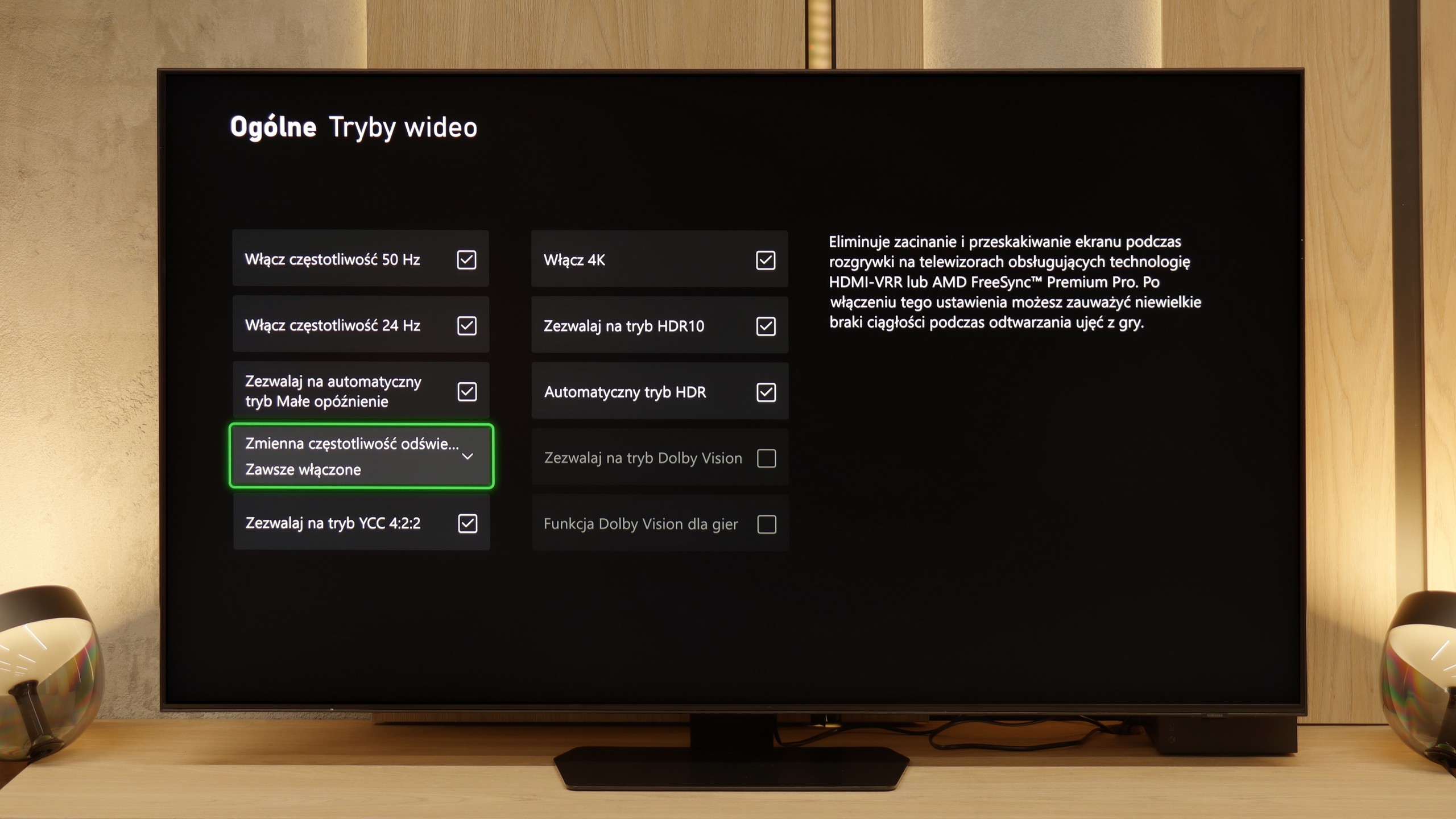

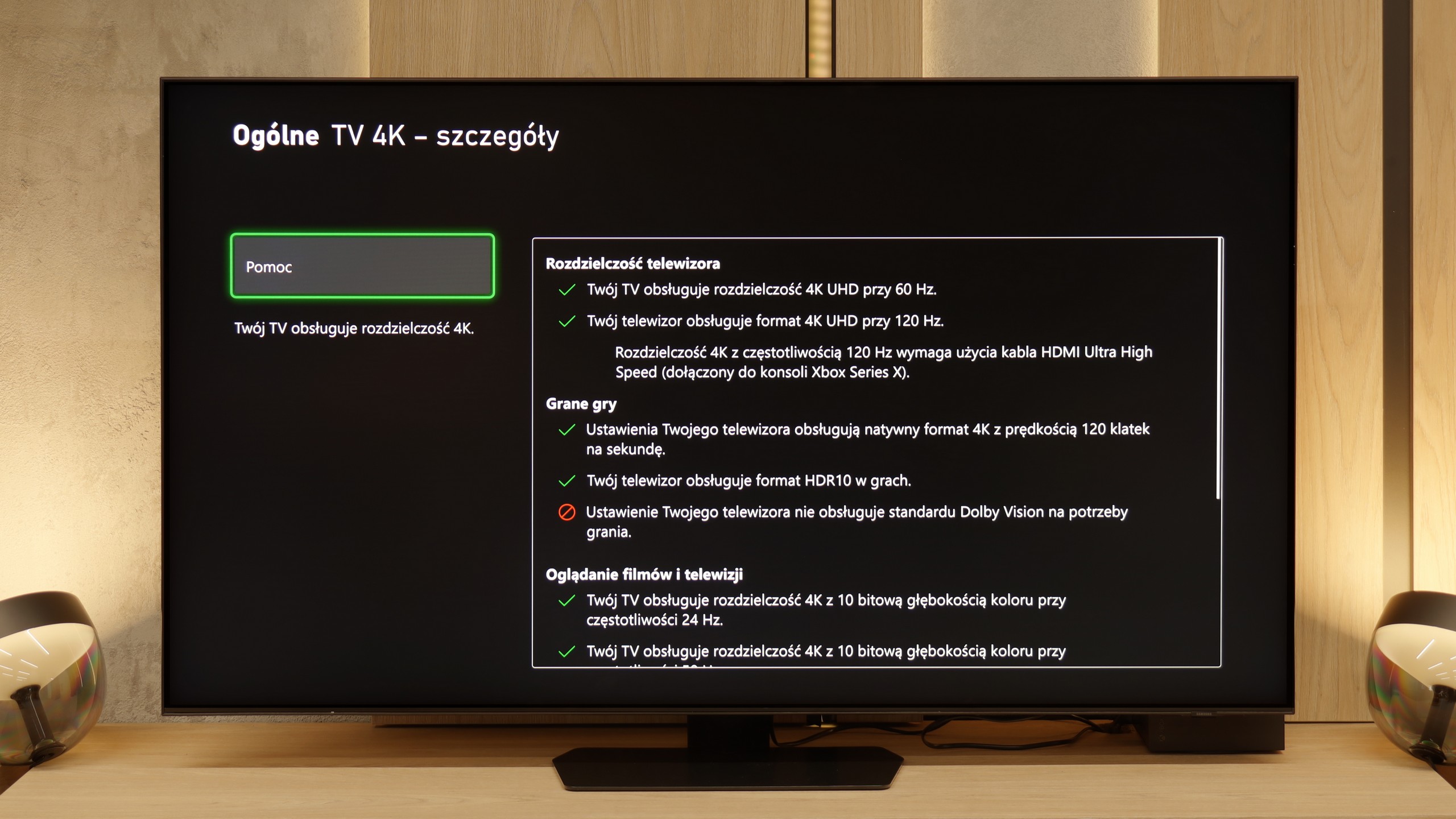

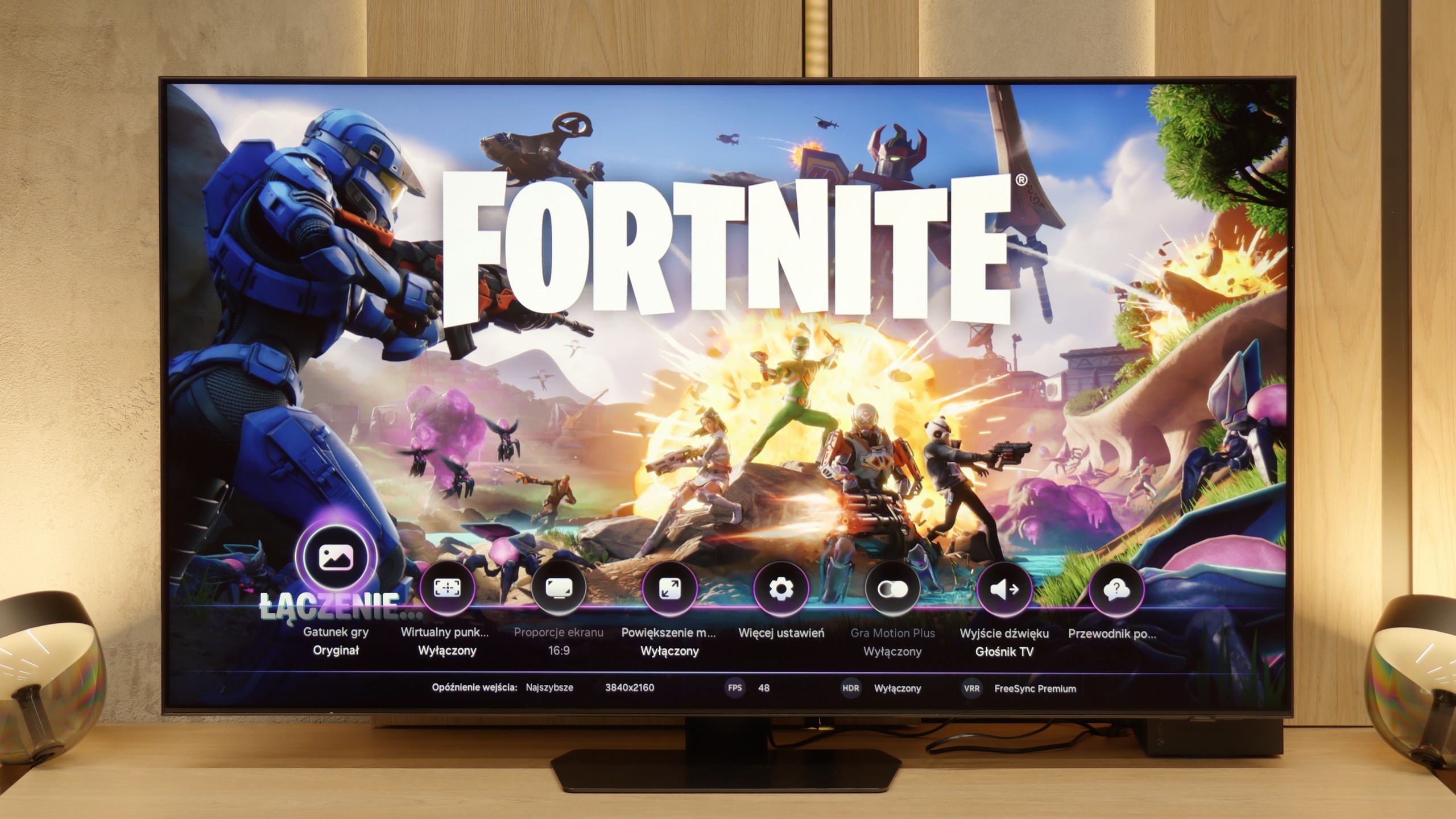

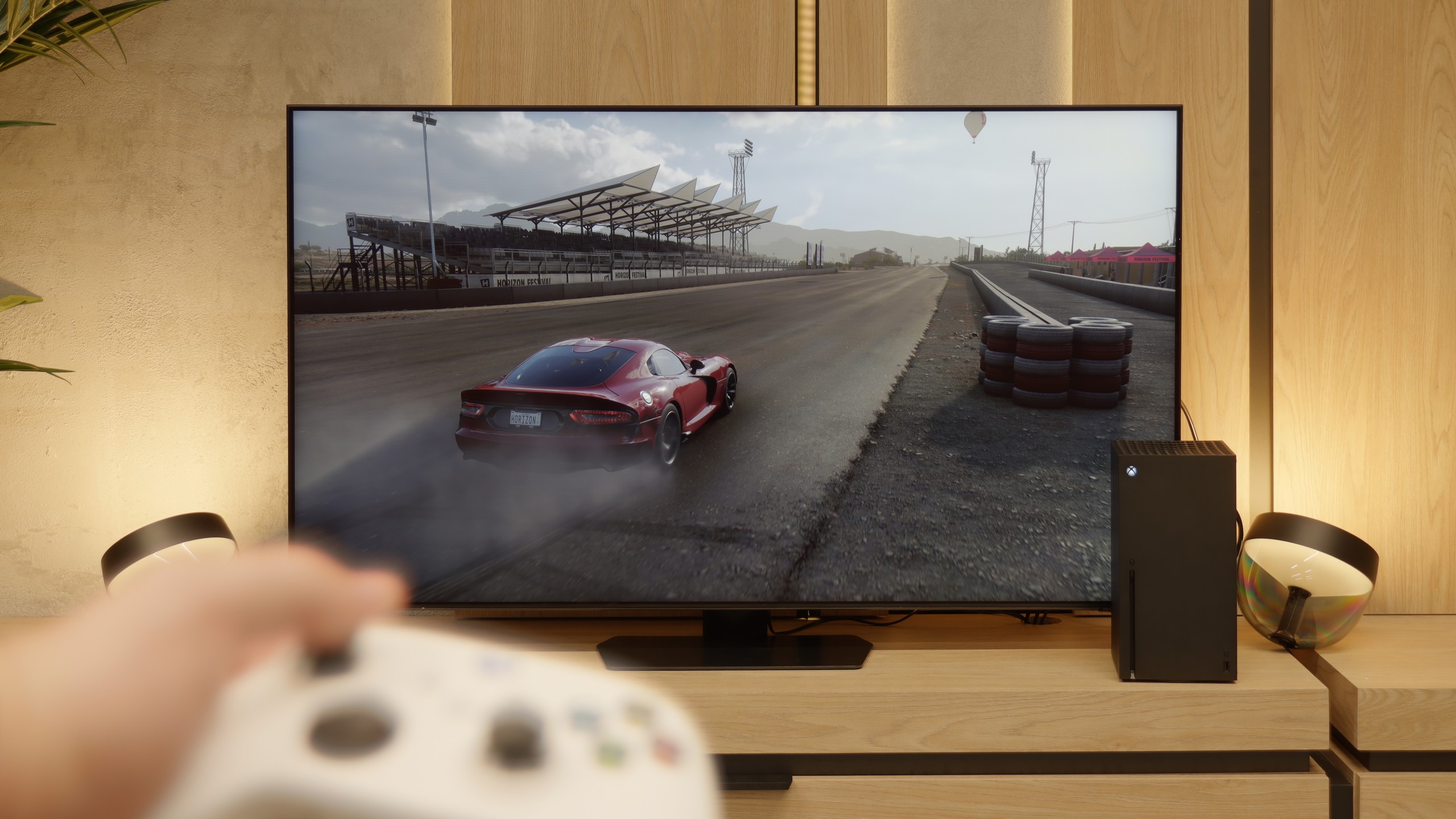
The TCL C69B / C655 television in its smallest variants offers a range of features dedicated to gamers, such as ALLM (Auto Low Latency Mode), VRR (Variable Refresh Rate), Dolby Vision for gamers, and Game Bar. ALLM automatically switches the television to low latency mode, improving responsiveness and minimizing delays in control. VRR allows for synchronization of the screen refresh rate with the number of frames generated by the console, eliminating tearing, resulting in smoother gameplay. Dolby Vision for gamers ensures better color and contrast representation in games that support this format, resulting in better image quality. Meanwhile, Game Bar provides quick access to game settings and allows monitoring of key parameters, such as input lag.
However, the television has certain limitations that may affect gaming comfort. The 60 Hz panel does not allow for displaying signals with a higher refresh rate, which may impact image smoothness in dynamic games. The lack of support for G-Sync technology for PCs may also be noticeable when gaming on a computer, especially with demanding, fast-paced titles.
QN90F has almost everything to become the perfect television for gamers. Things like four HDMI ports, VRR, ALLM, and a refresh rate of up to 165 Hz don't need to be reminded to anyone. It deserves high praise for the Game Motion Plus mode, which is a proprietary motion smoothing feature for games. Thanks to this, you can add a few “artificial” frames and make the image generated from the console look smoother than it should. This is a very unique solution in the world of televisions – competitive systems usually do not offer this – and that's why Samsung has had a strong bargaining chip among gamers for years, even despite the lack of support for the still niche Dolby Vision in games.
So why are we writing about a “nearly” perfect screen? Unfortunately, like in the latest Samsung models, we noticed a problem with the lack of HGiG support. This is a solution that allows the television to leave the control of tone mapping to the console so that games look exactly as the creators intended. Worse, this feature was previously present and disappeared after software updates. Instead of minor improvements, we got a step back. It's a pity, because without this shortcoming, the QN90F could truly be the perfect choice for gamers in the miniLED category.
Input lag
10/10
9.6/10
SDR
HDR
Dolby Vision
TCL C69B / C655 offers exceptionally low input lag, which is a huge advantage for gamers. Regardless of the mode – whether it's SDR, HDR, or Dolby Vision – the television achieves impressive results. In every resolution, the input lag is only a few milliseconds, deserving great recognition. As a result, the C69B provides amazing responsiveness and excellent gaming experiences, with no noticeable delays, which translates to smoother and more satisfying gameplay.
The input lag on the QN90F is very low. For 120 Hz content, it is around 10–12 ms, and at 60 Hz, it drops below 20 ms. These are values that can confidently be called exemplary. The slightly higher input lag – by 1–2 ms – is due to the fact that the lowest latencies, below 10 ms, are reserved for the 165 Hz mode. However, regardless of resolution or refresh rate, you can count on the QN90F always responding quickly and responsively to our movements on the gamepad or keyboard and mouse.
Compatibility with PC
5/10
8.8/10

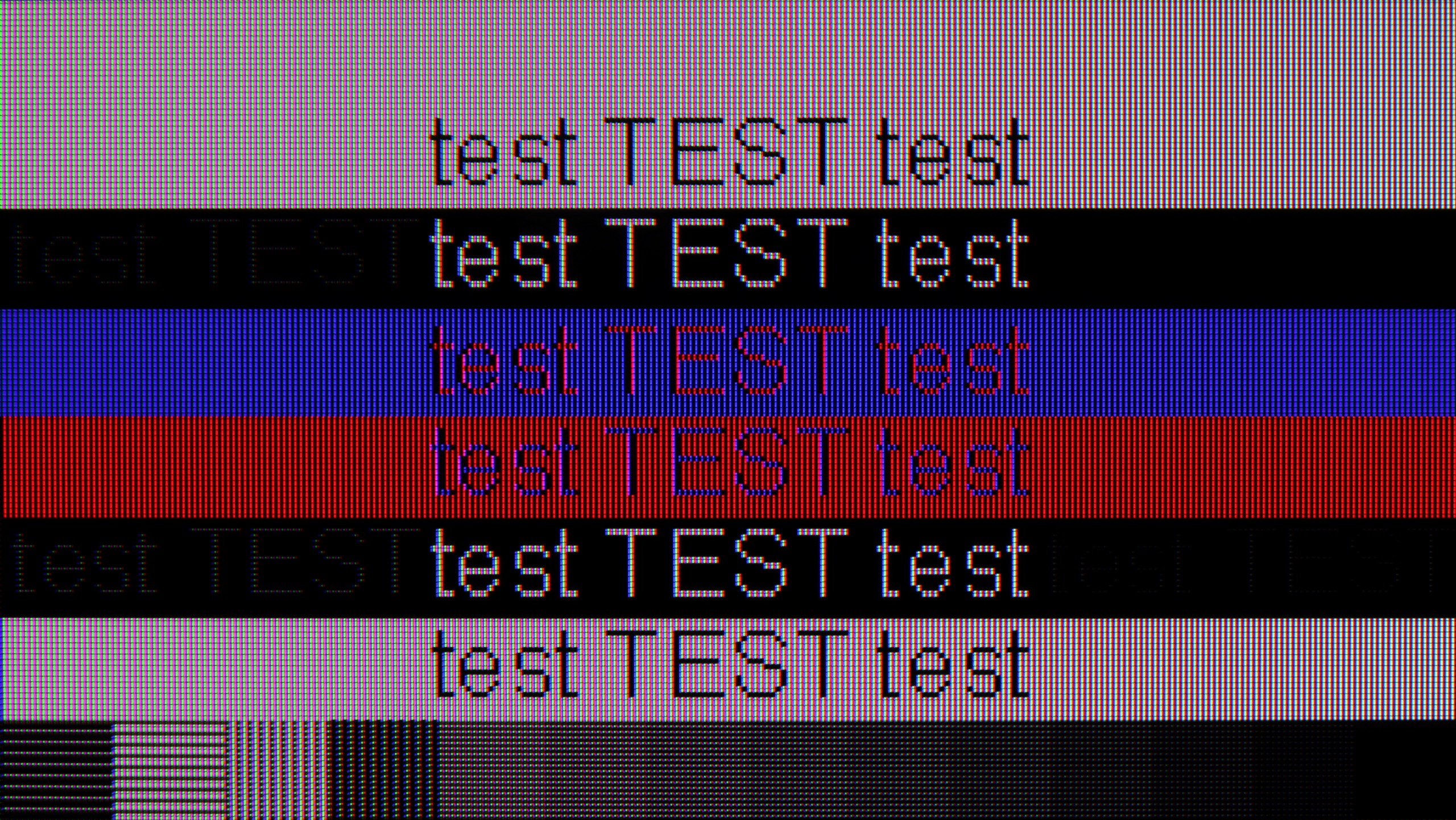
The TCL C69B / C655 TV performs fairly well when used with a computer. Thanks to support for chroma 4:4:4, the readability of fonts is fine, significantly improving work comfort, especially when using the TV as a monitor. However, there is a certain note regarding font readability – the TV has issues displaying black and gray fonts, which sometimes have gaps in the vertical lines, which can affect user comfort in some situations. Low input lag ensures responsive performance, which is important both when using office applications and gaming. However, the 60 Hz panel and lack of G-Sync do not meet the demands of gamers using a computer, resulting in a lower rating for gaming.
Collaboration with a PC is another strong point of the QN90F. It’s a screen that works well for both work and gaming. This makes sense especially in smaller sizes, e.g., 43 inches, where the television can easily fit on a desk. The 165 Hz mode, primarily intended for PC gamers, supports technologies such as G-Sync and AMD FreeSync Premium Pro, so gameplay is smooth and very responsive. Office work performs just as well – font readability is high due to proper chroma handling. However, we noticed that switching the refresh rate from 165 Hz to 120 Hz significantly improves the readability of very dark text and thin lines. Therefore, if someone wants to use the QN90F as a monitor for work, it's worth considering the 120 Hz mode.
Viewing angles
2.9/10
3.6/10
The viewing angles on the C69B TCL television leave much to be desired. The VA panel used provides excellent contrast and deep blacks, but this comes at the cost of wide viewing angles. Compared to IPS panels, which offer better visibility from different angles, the C69B loses image quality when viewed from the side. Colors become washed out, and contrast deteriorates significantly. This is a typical compromise for VA panels – a trade-off. If you prioritize great contrast and deep blacks, a VA panel will be a good choice, but you must consider the limitations regarding viewing angles.
The viewing angles on the QN90F are rather average and typical for LCD screens with VA panels. It's a bit of a shame that Samsung opted out of additional coatings to widen the viewing angles in this model – likely at the cost of using a matte panel. The effect is that with a greater deviation from the center, the drop in brightness is quite significant, and colors lose their intensity. This is a compromise that must be considered when choosing a screen with a classic VA panel.
Daytime performance
4.7/10
7.2/10

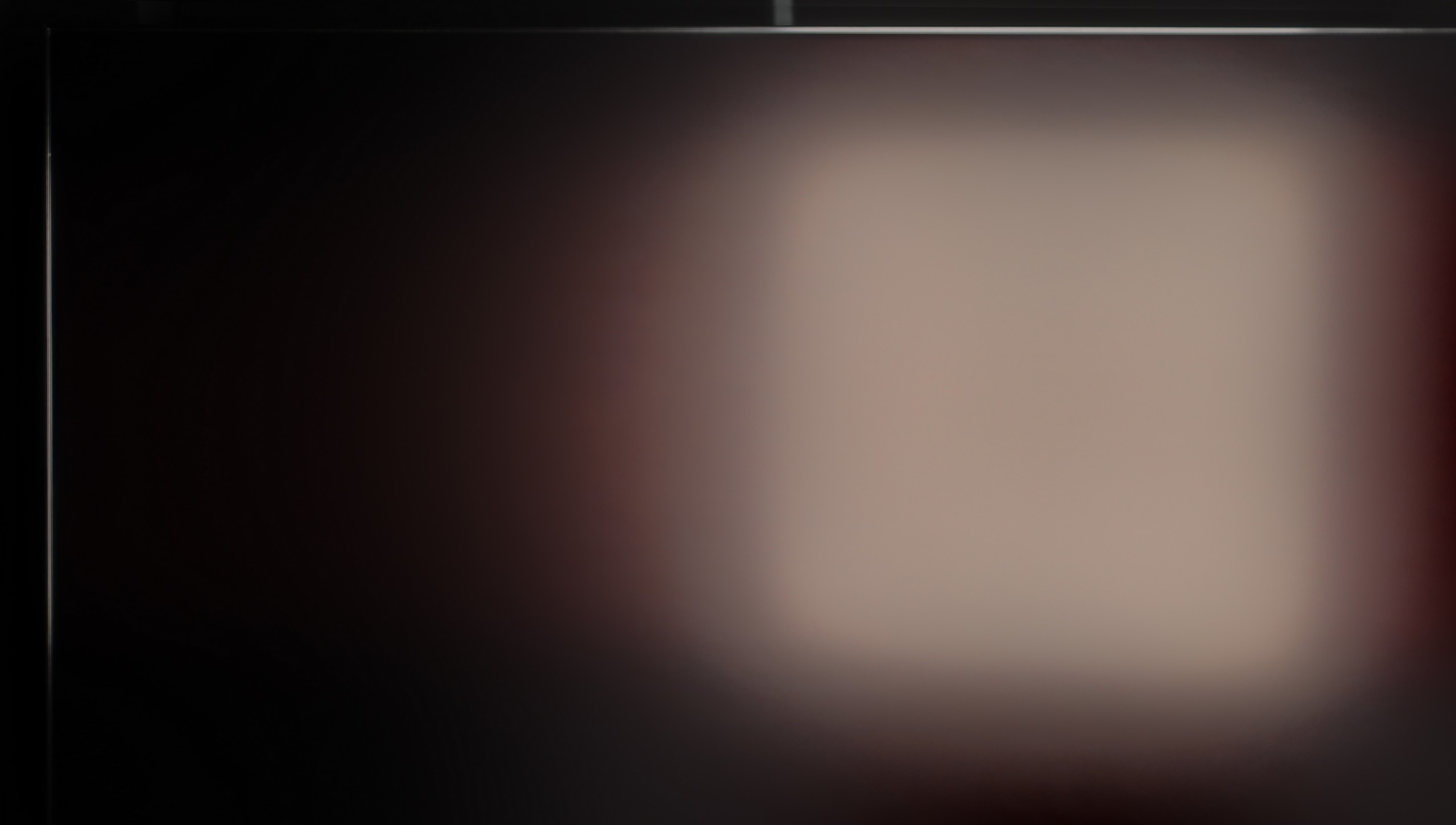


Panel brightness
Average luminance SDR
Samsung QN90F / QN92F: 665 cd/m2
TCL C655 / C69B (43" - 50"): 346 cd/m2
The television TCL C69B / C655 features a satin finish panel that moderately suppresses light reflections. In bright rooms, this can cause undesirable glare on the screen, negatively affecting viewing comfort. Additionally, a brightness level of 350 nits is not high enough to ensure full image readability on a sunny day, making the use of the television in well-lit conditions potentially less satisfying.
QN90F is the first Neo QLED 4K with a matte display, and it must be admitted that this change is immediately noticeable. During the day, the screen behaves completely differently than typical LCD televisions – reflections are heavily suppressed, glares almost disappear, so there is no need to constantly cover the windows or fuss with furniture placement. Colors in a bright room look natural, although their intensity can slightly decrease under very strong lighting. However, this is not something that significantly ruins the viewing experience – rather a small price to pay for the comfort of watching in sunlight. Additionally, the average SDR brightness of around 700 nits makes the television easily "cut through" even in very sunny living rooms. It's hard to give a better recommendation: if someone is looking for a miniLED 4K television that can handle a heavily sunlit living room, the QN90F is one of the most reliable choices.
Panel details
Subpixel Structure:

Panel uniformity and thermal imaging:

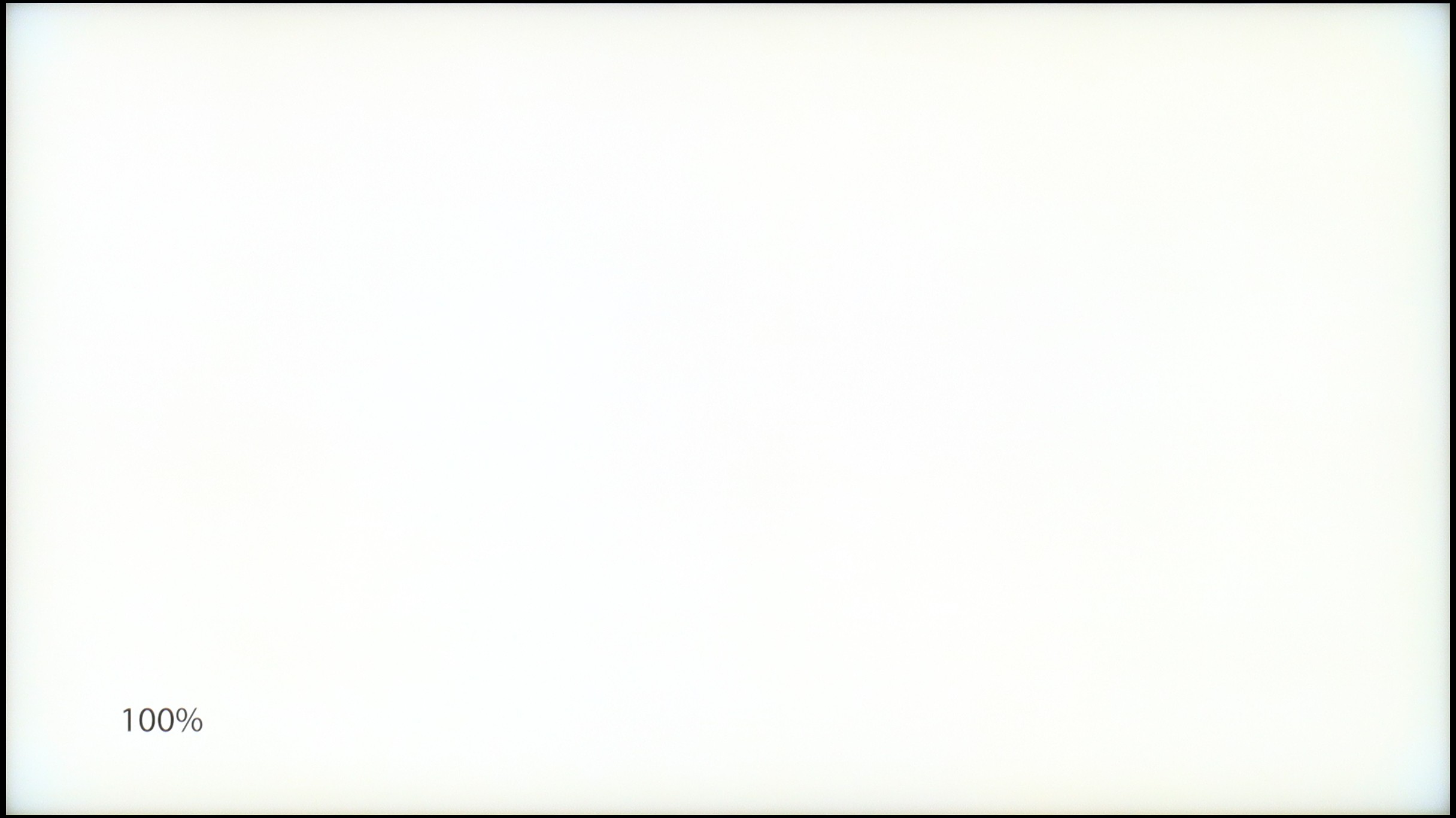
TCL C655 / C69B (43" - 50")
Samsung QN90F / QN92F
TV features
7/10
7.7/10
- HDMI inputs3 x HDMI 2.0, 0 x HDMI 2.10 x HDMI 2.0, 4 x HDMI 2.1 48Gbps
- Other inputsRCA (Chinch)
- OutputsToslink (Optical audio), eARC (HDMI), ARC (HDMI)Toslink (Optical audio), eARC (HDMI), ARC (HDMI)
- Network InterfacesWi-Fi 2.4GHz, Wi-Fi 5GHz, Ethernet (LAN) 100MbpsWi-Fi 2.4GHz, Wi-Fi 5GHz, Ethernet (LAN) 100Mbps
- TV receptionDVB-T, DVB-T2, DVB-S, DVB-S2, DVB-CDVB-T, DVB-T2, DVB-S, DVB-S2, DVB-C
Classic features:
- Recording to USB (terrestrial TV)
- Recording programming
- Picture in Picture (PiP)
- RF remote control (no need to aim at the screen)
- Backlit remote control
- Teletext
- Audio only mode
- Bluetooth headphones support
- Simultaneous Bluetooth headphones & TV audio
Smart features:
- AirPlay
- Screen mirroring (Windows Miracast)
- Voice search
- Voice search in native language
- Ability to connect a keyboard and mouse


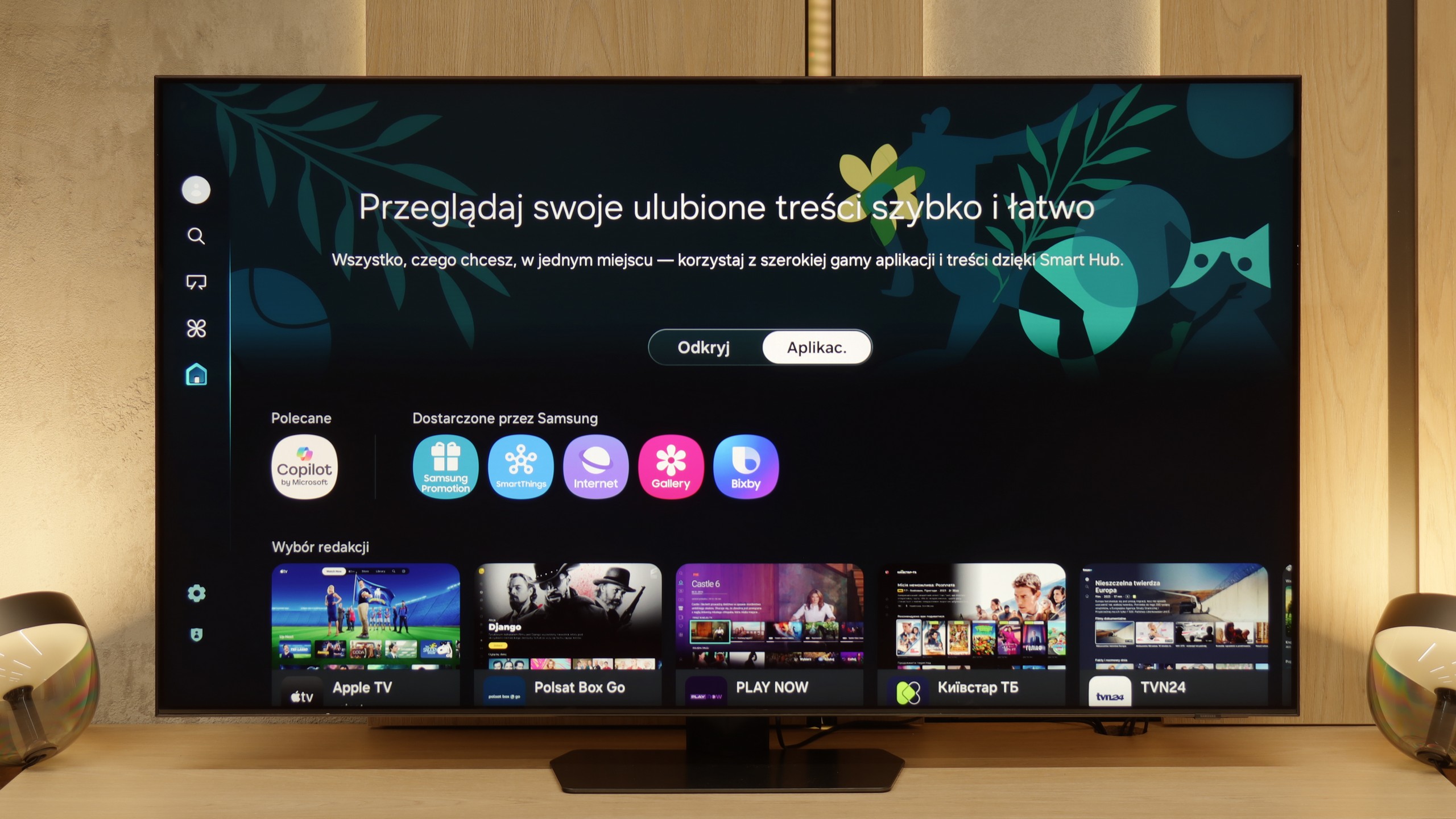
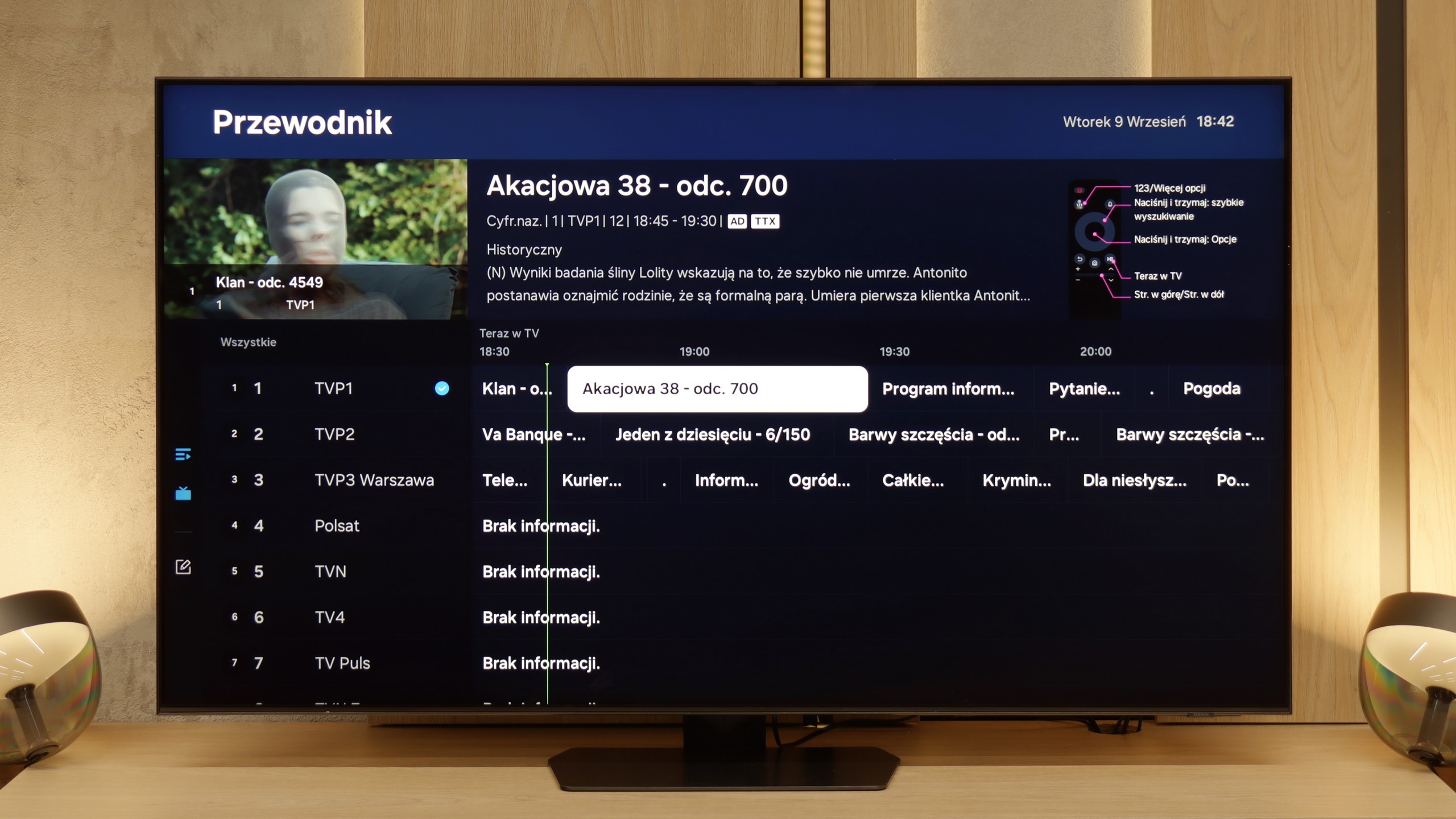
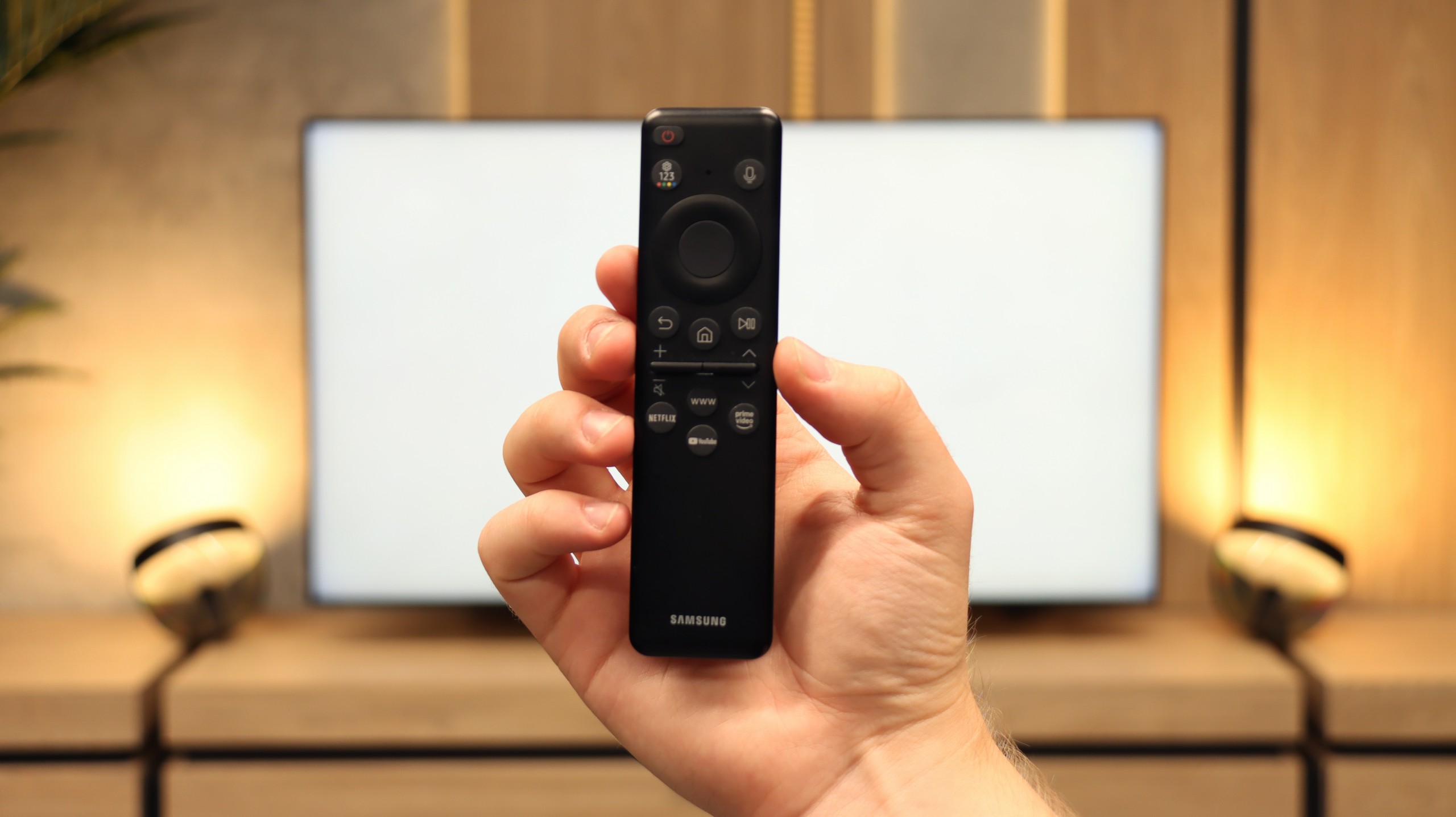
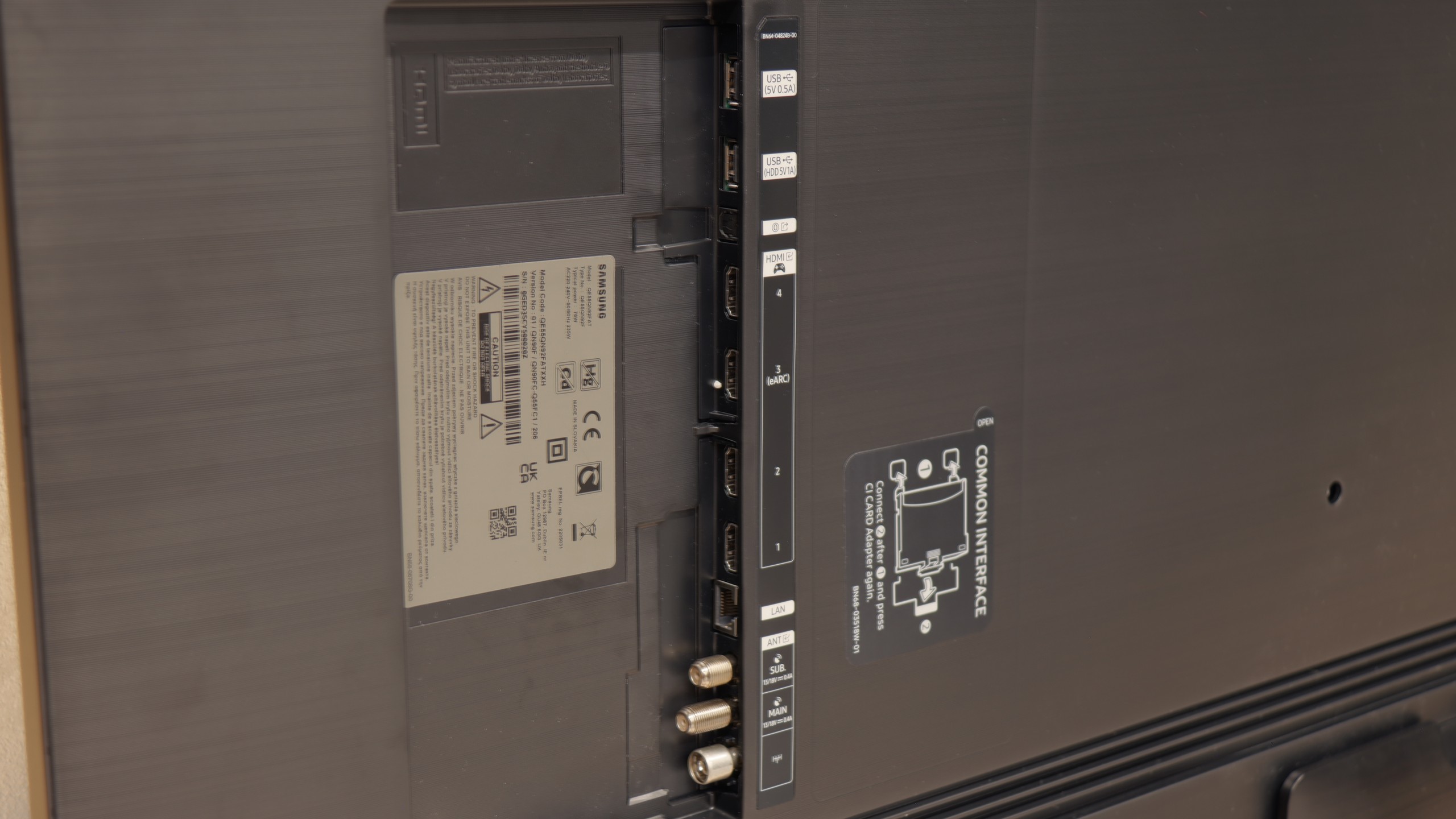
The TCL C69B / C655 television operates on the Google TV system, offering a rich set of features that enhance user comfort. Google TV is an extension of Android TV that provides personalized content recommendations based on user preferences and viewing history. This allows for easy access to popular streaming apps such as Netflix, YouTube, and Prime Video, as well as to the Google Play Store, where additional apps can be found. This system works well with other Google devices, allowing control of the television via Google Assistant and integration with the smart home system. Voice search is also available in Polish, which increases convenience in operation.
In terms of connectivity, the television supports screen mirroring via Windows Miracast and AirPlay, enabling easy sharing of images from other devices. There is also the option to connect a keyboard, mouse, and Bluetooth headphones, as well as simultaneously use headphones and the built-in speaker, with separate volume control for both audio sources. The TV remote operates on RF technology, which means it does not need to be aimed at the screen, significantly improving user convenience. Unfortunately, there is no picture-in-picture (PiP) function or recording feature from the built-in tuners.
Smart TV Features: Tizen
Samsung has been developing its Tizen system for years, and in the QN90F model, it is clear that it has reached a point where it is really hard to find fault. The system runs smoothly, responds quickly to commands, and does not lag with more demanding applications. If someone uses an iPhone – there is AirPlay and screen mirroring. If someone has an Android phone – there will be no problem either. Additionally, there is a voice assistant that understands commands in several languages, including Polish, so you can start a movie or change the channel without reaching for the remote. Interestingly, there is also integration with Microsoft's Coopilot and AI features, but SmartThings proves to be much more practical – thanks to it, the television can become the center of the home ecosystem, connecting not only Samsung devices but also, for example, Philips Hue light bulbs.
Classic Features
The QN90F can also function as a regular television. We can forget about recording to USB, but instead, we get PIP mode, or picture-in-picture – a function that is rarely seen today. Thanks to it, you can simultaneously follow a match and a series, which can save the evening in many households. Additionally, there is a clear EPG guide and a small remote that charges with light (so batteries are not needed) and can take control of the decoder, soundbar, or even a console. It may not be the most advanced on the market, but it proves to be simply convenient in everyday use.
Playing files from USB
8.3/10
9.1/10
Supported photo formats:
Maximum photo resolution:

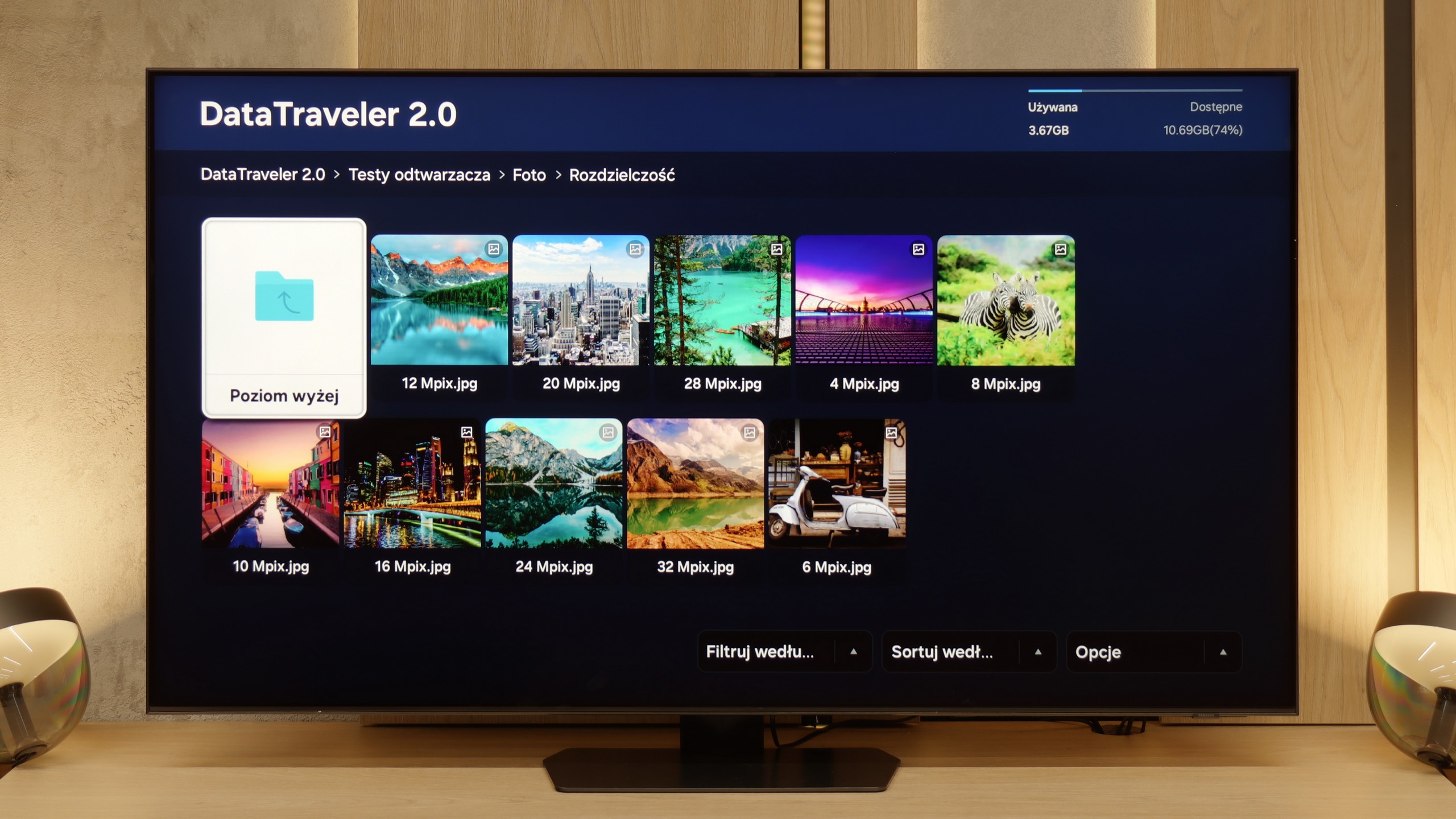
The television will play most files and video codecs, and when subtitles are uploaded to the movie, the font size can be changed. The biggest downside here is the lack of support for less popular image formats. However, on televisions with Google TV, this problem can often be easily circumvented by installing a different media player.
The built-in media player in the QN90F performs quite well. It supports most popular audio and video formats and easily plays graphic files such as JPEG or PNG. The problem arises with files in the HEIC format – a type of high-quality photo standard used by iPhones. In theory, the television should support them, as they appear on the list of compatible formats, but in practice, attempting to open a HEIC file can freeze the entire system and necessitate a power reset. It's a rather strange situation and another small glitch that shouldn't occur in equipment of this class. On the other hand, one can be very satisfied because it supports most popular audio and video formats.
Apps
9.6/10
8.7/10














































Sound
6.3/10
7.8/10
- Maximum volume0dB86dB
- Dolby Digital Plus 7.1
- Dolby True HD 7.1
- Dolby Atmos in Dolby Digital Plus (JOC)
- Dolby Atmos in Dolby True HD
- DTS:X in DTS-HD MA
- DTS-HD Master Audio
The sound in the C69B / C655 television is quite average, which shouldn't be surprising given the 2x10W speaker power. Additionally, we won't find a branded subwoofer here as in larger sizes 55+ from the company Onkyo. However, we cannot forget about the support for audio formats such as DTS, which is definitely a plus.
QN90F performs really well. Despite the slim design of the TV, there's a slight bass that adds depth to the sound. The speaker system works in a 4.2.2 configuration and offers a total power of 60 W – for built-in audio, this is quite a solid result. Moreover, with materials that support Dolby Atmos, one can experience a subtle spatial effect, which works quite well for everyday viewing. Of course, with equipment of this class, it's hard not to recommend an additional soundbar. It is best to choose one that supports Q-Symphony technology – thanks to this, the TV and soundbar play simultaneously, resulting in a fuller and definitely more cinematic experience.
Sound Quality Test
No sound test video
Acoustic Measurements
No acoustic data
86dBC (Max)
75dBC
